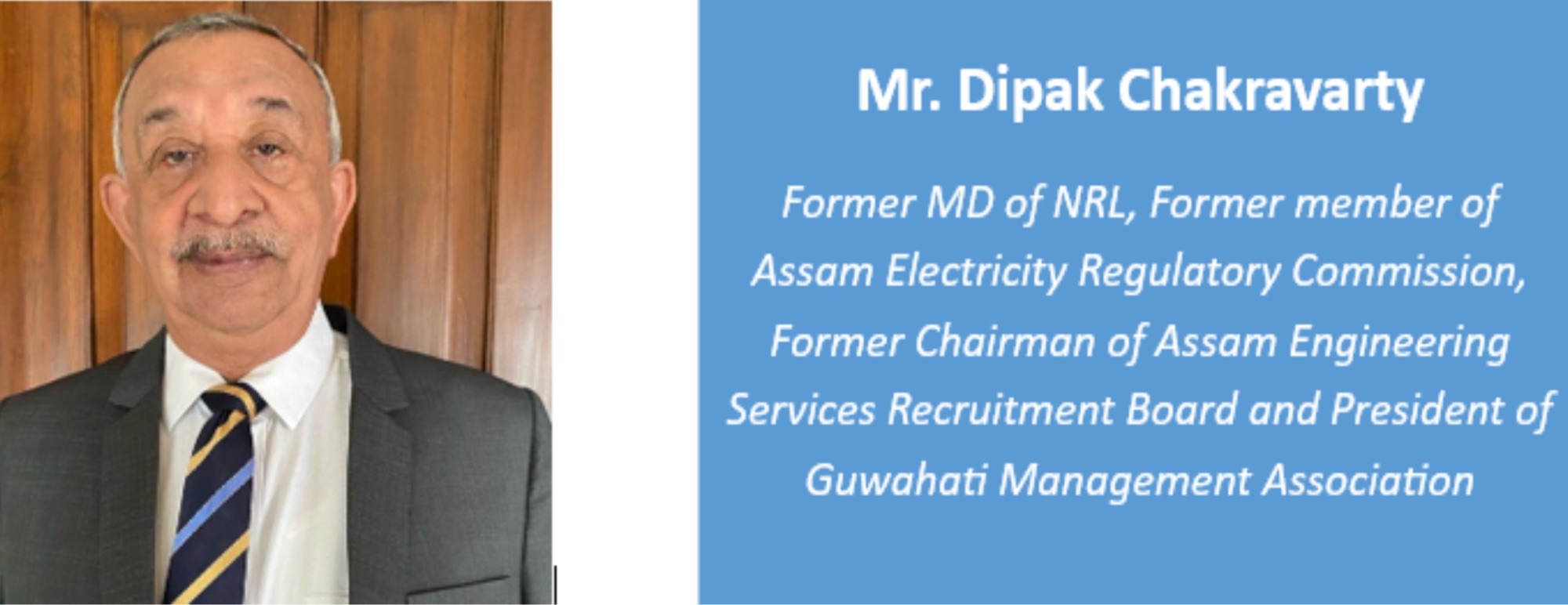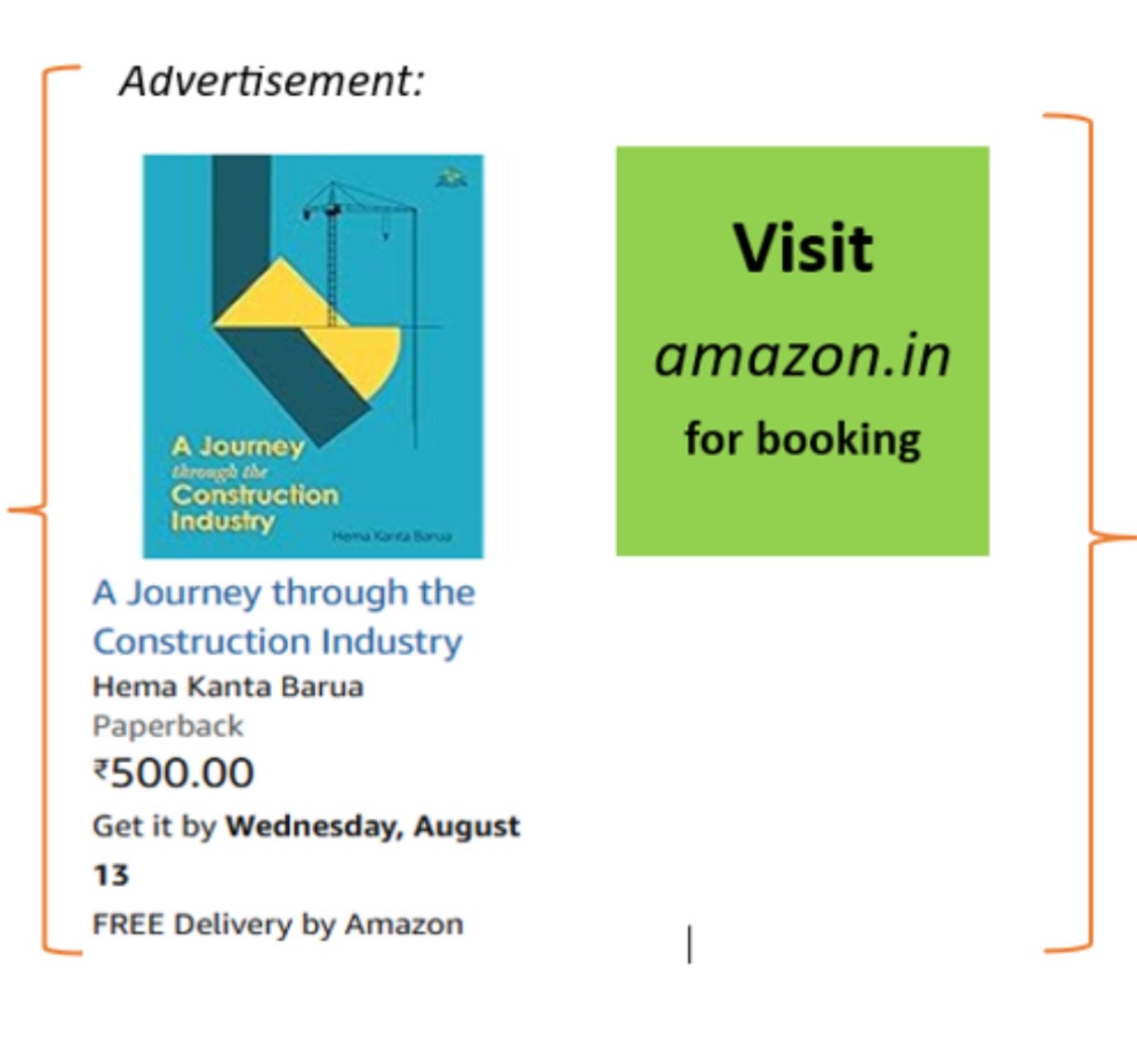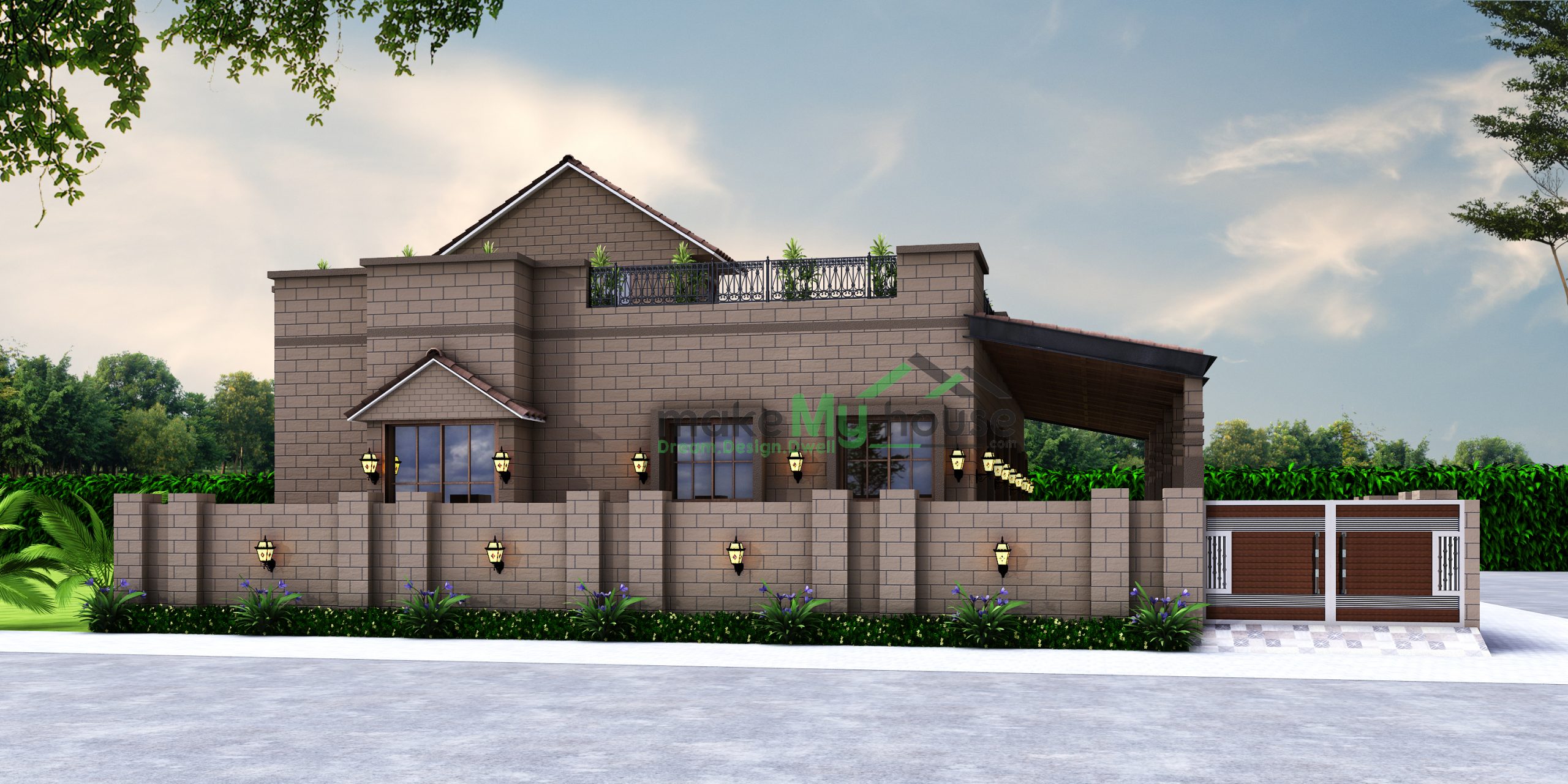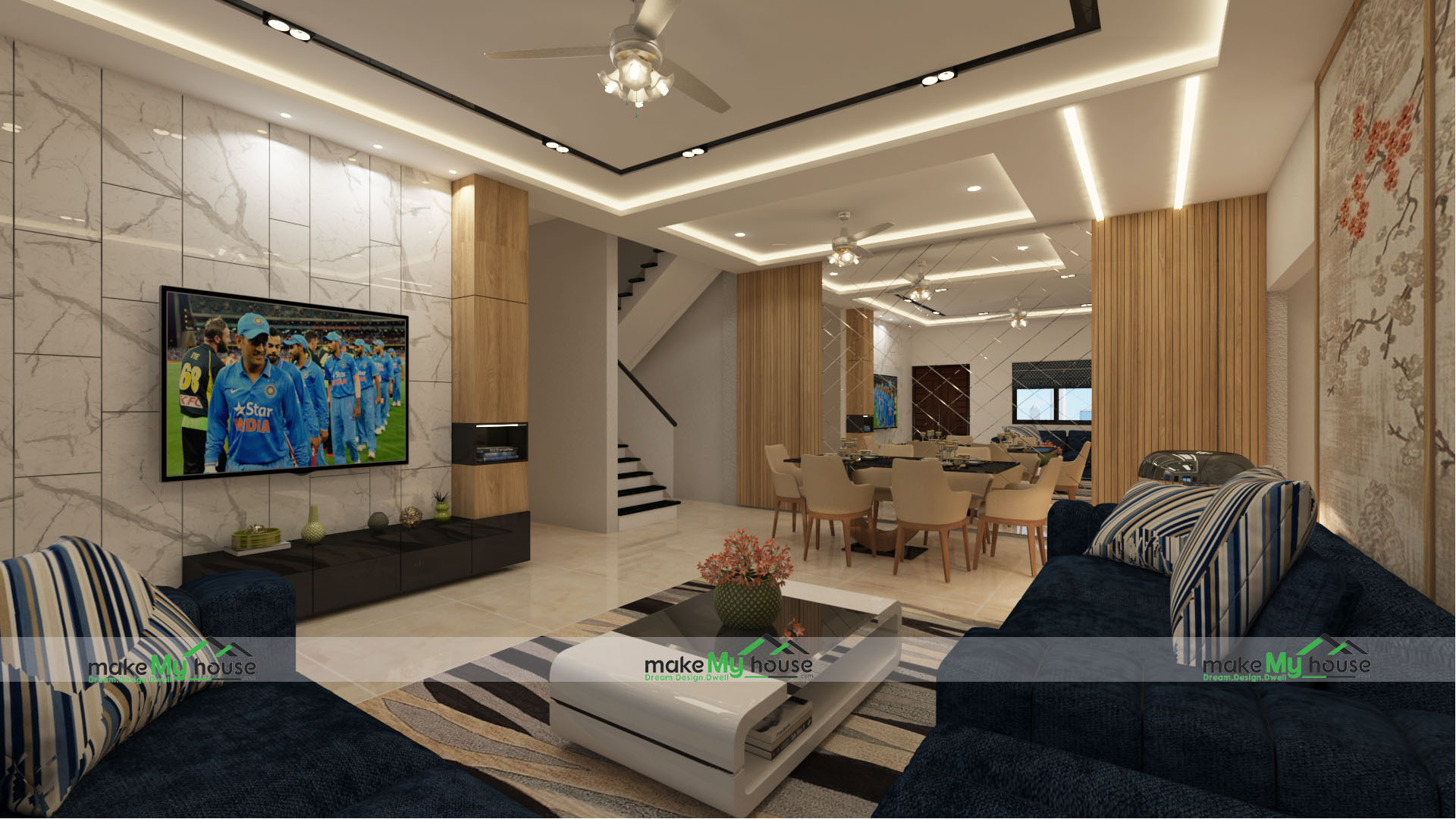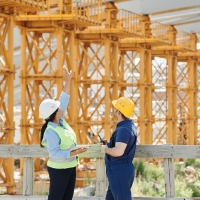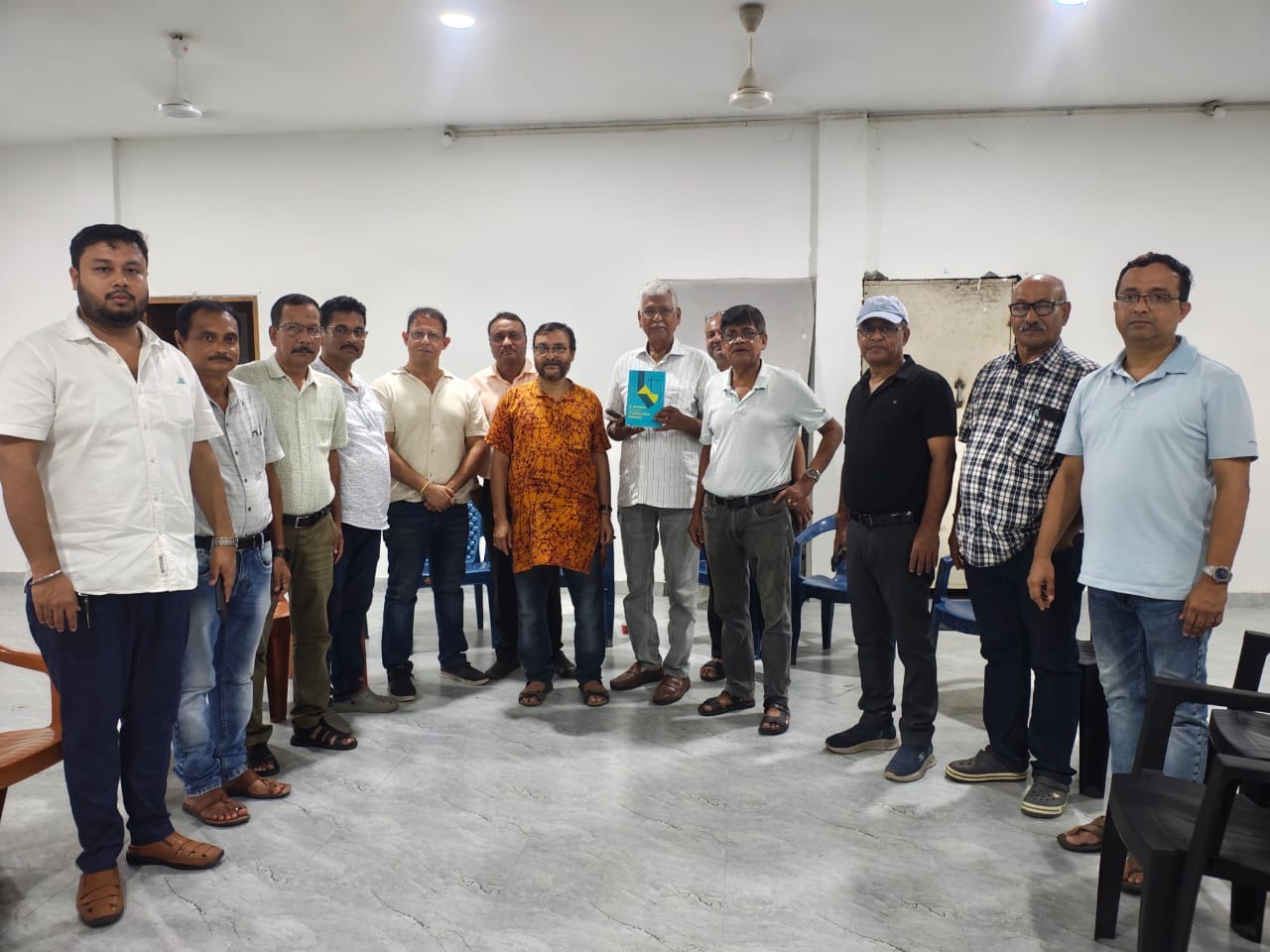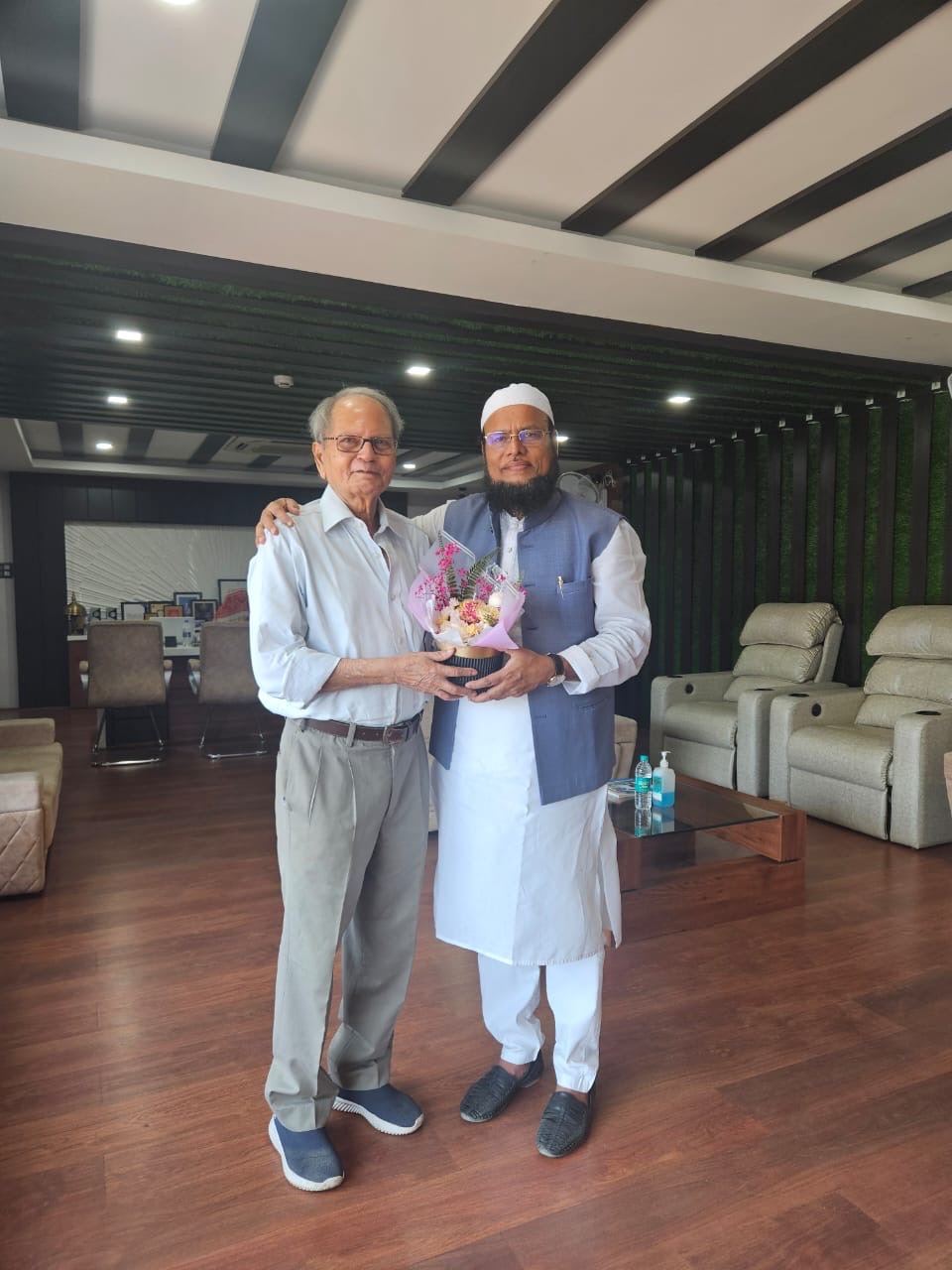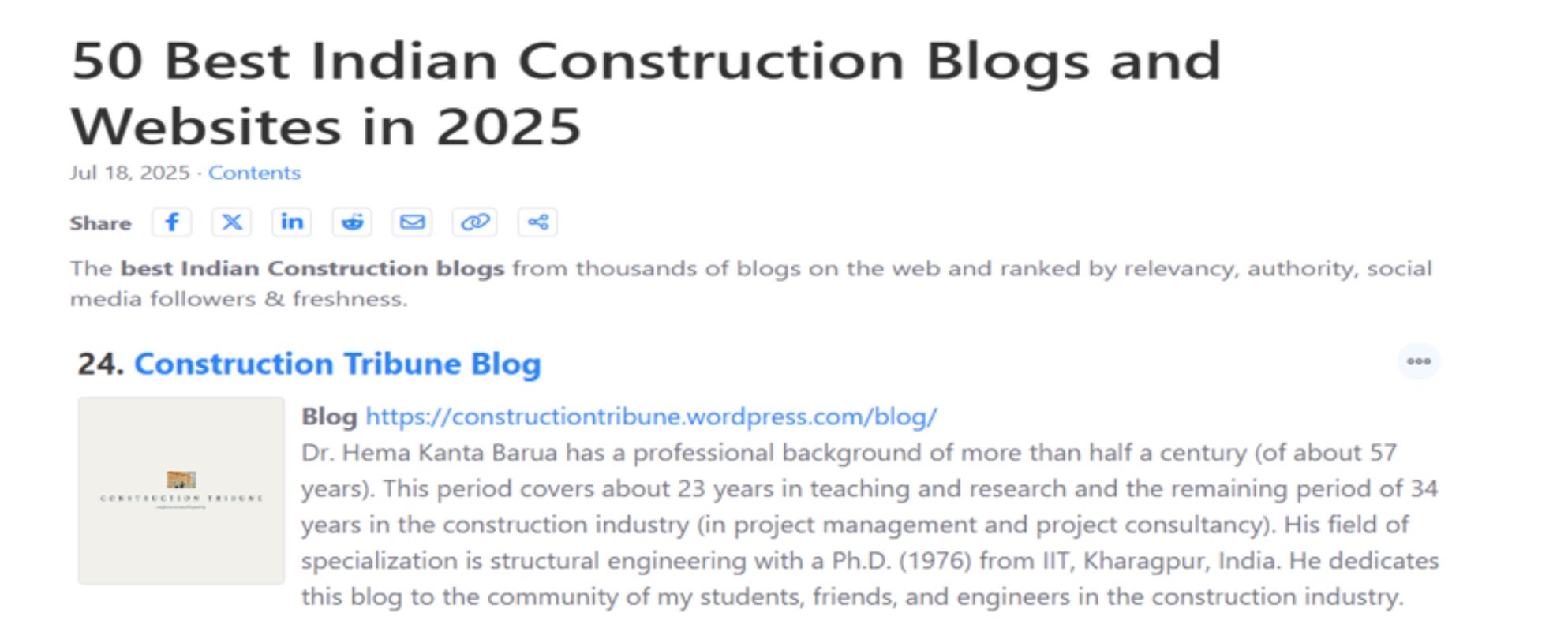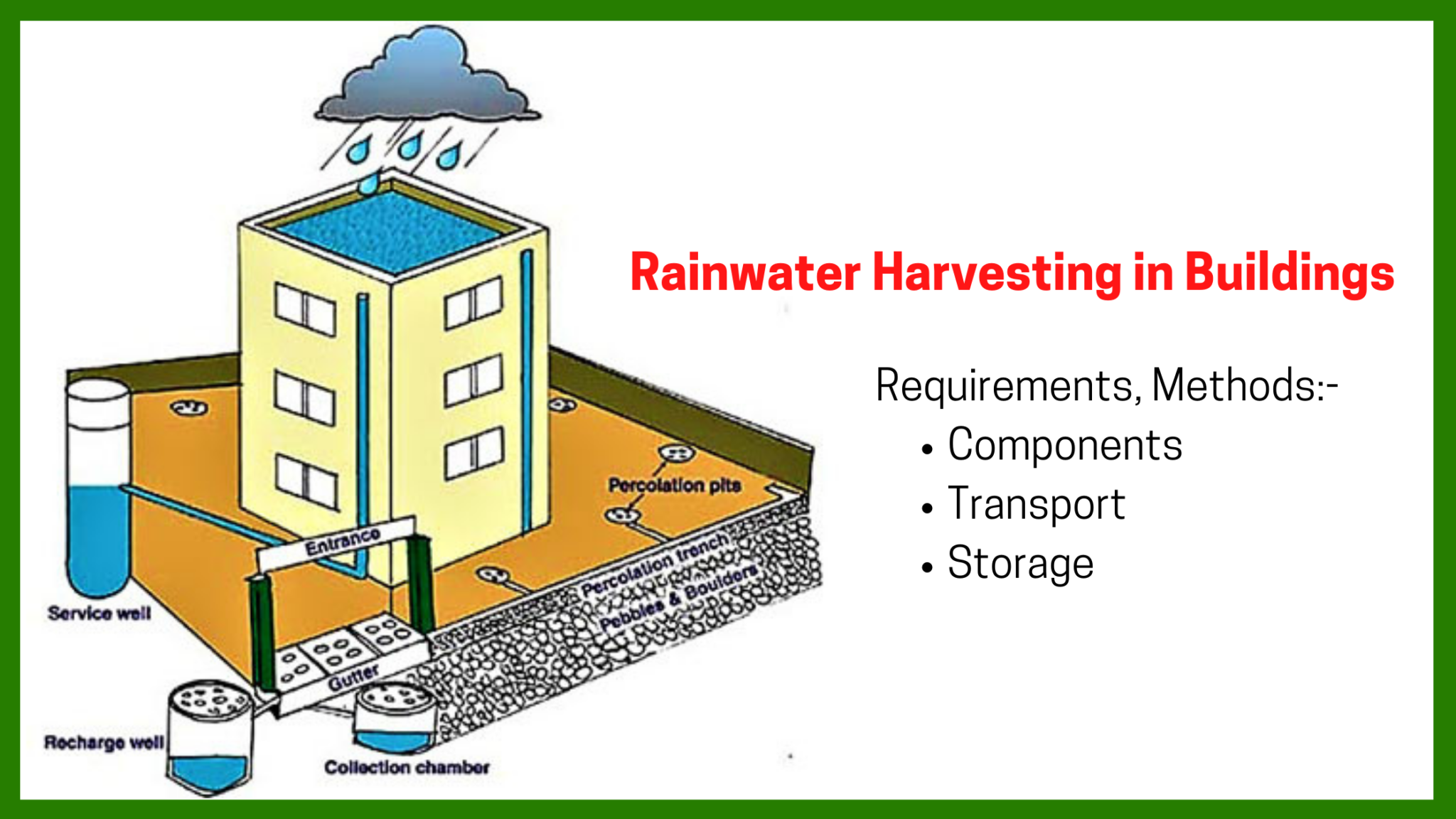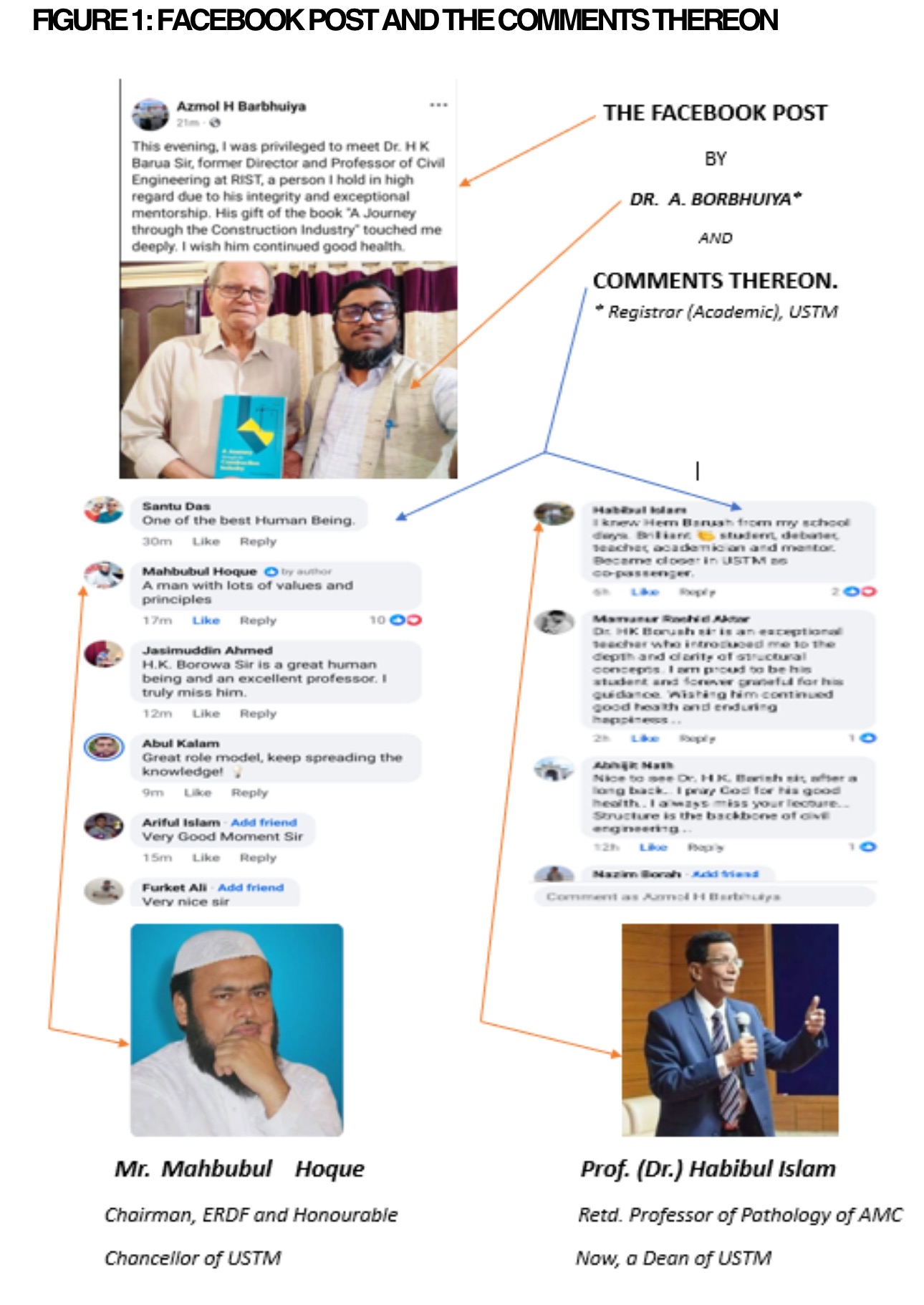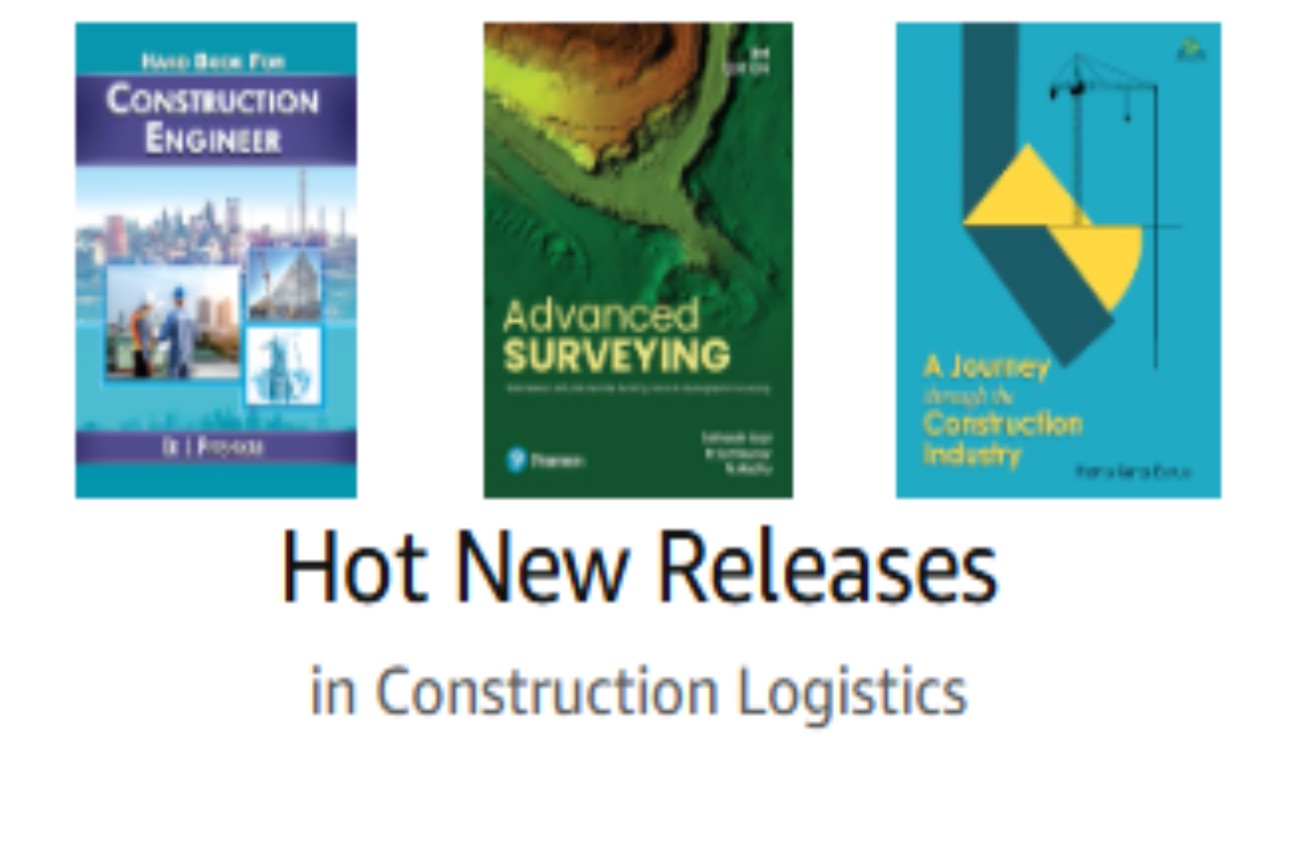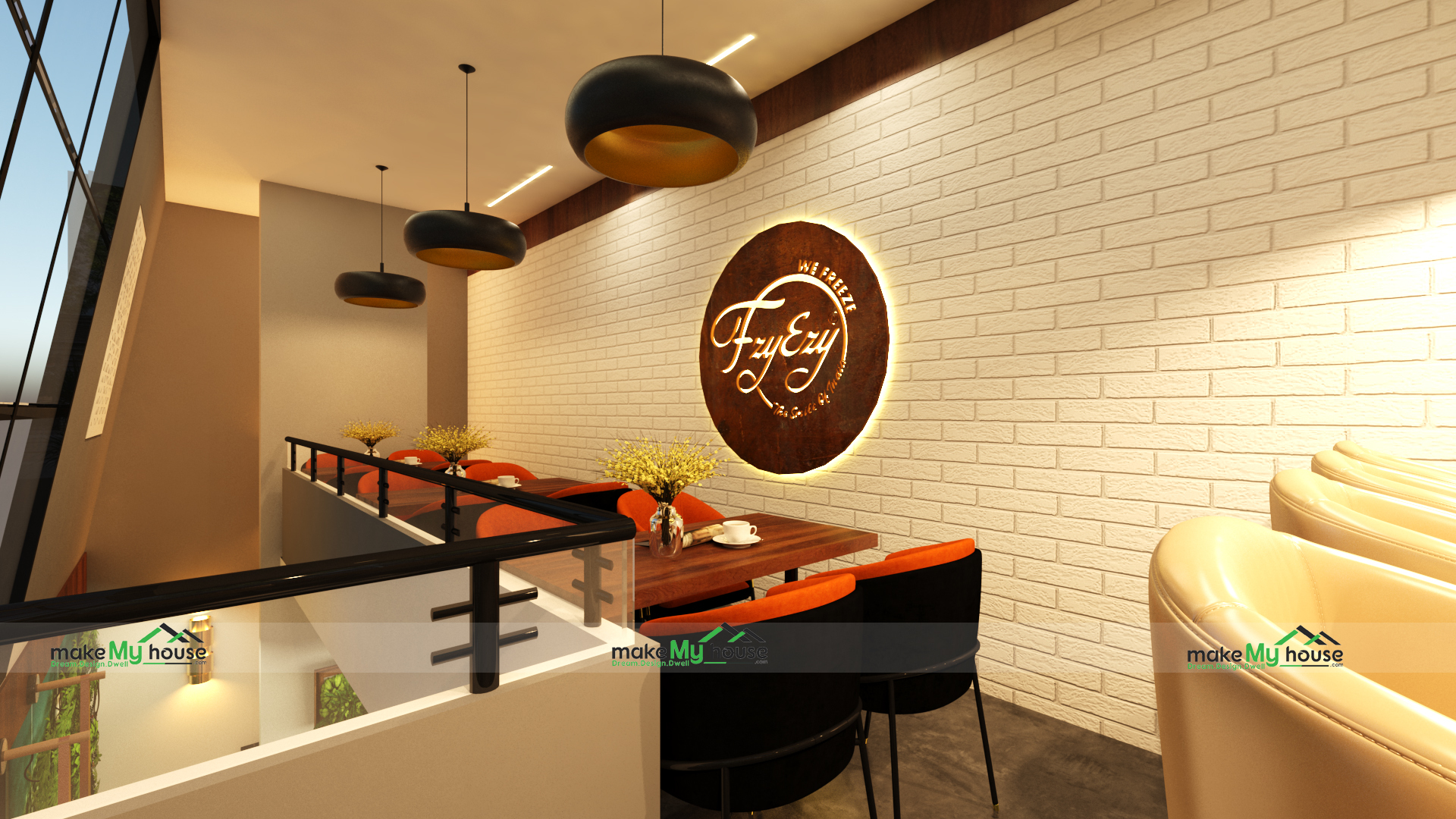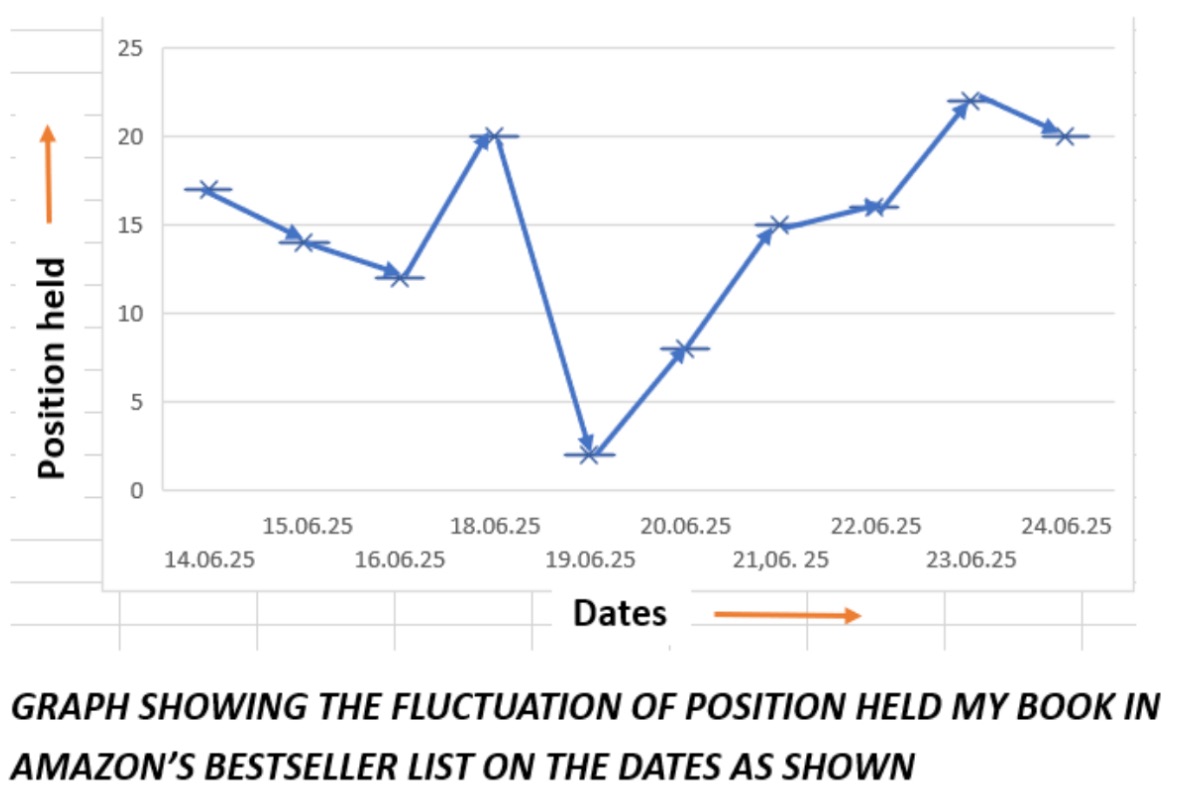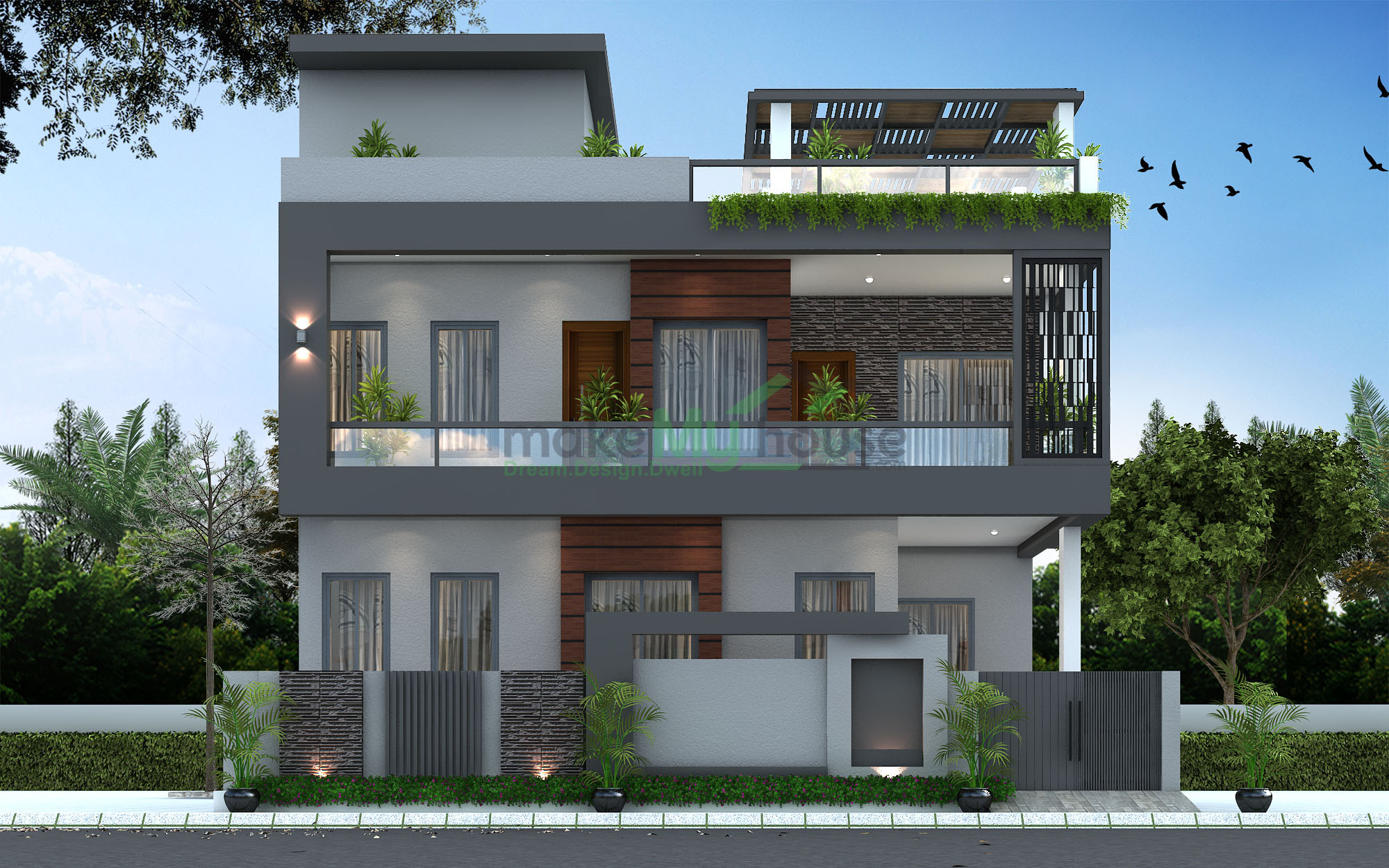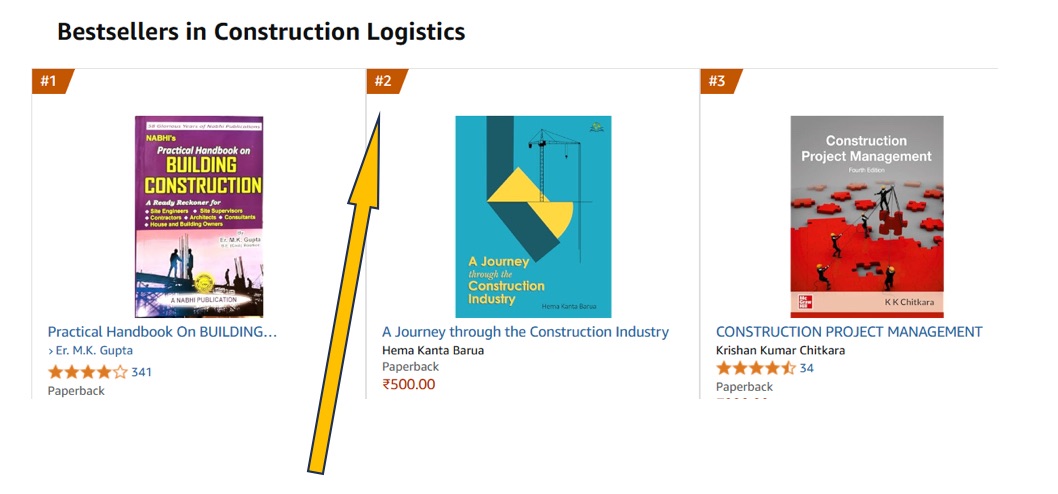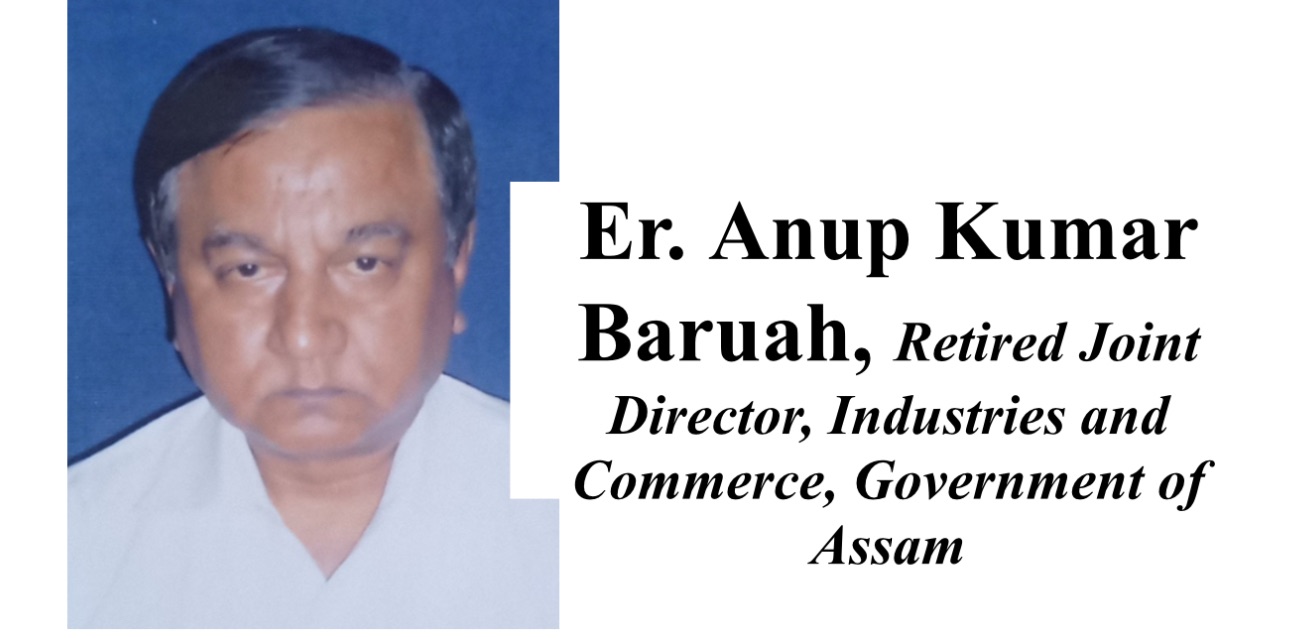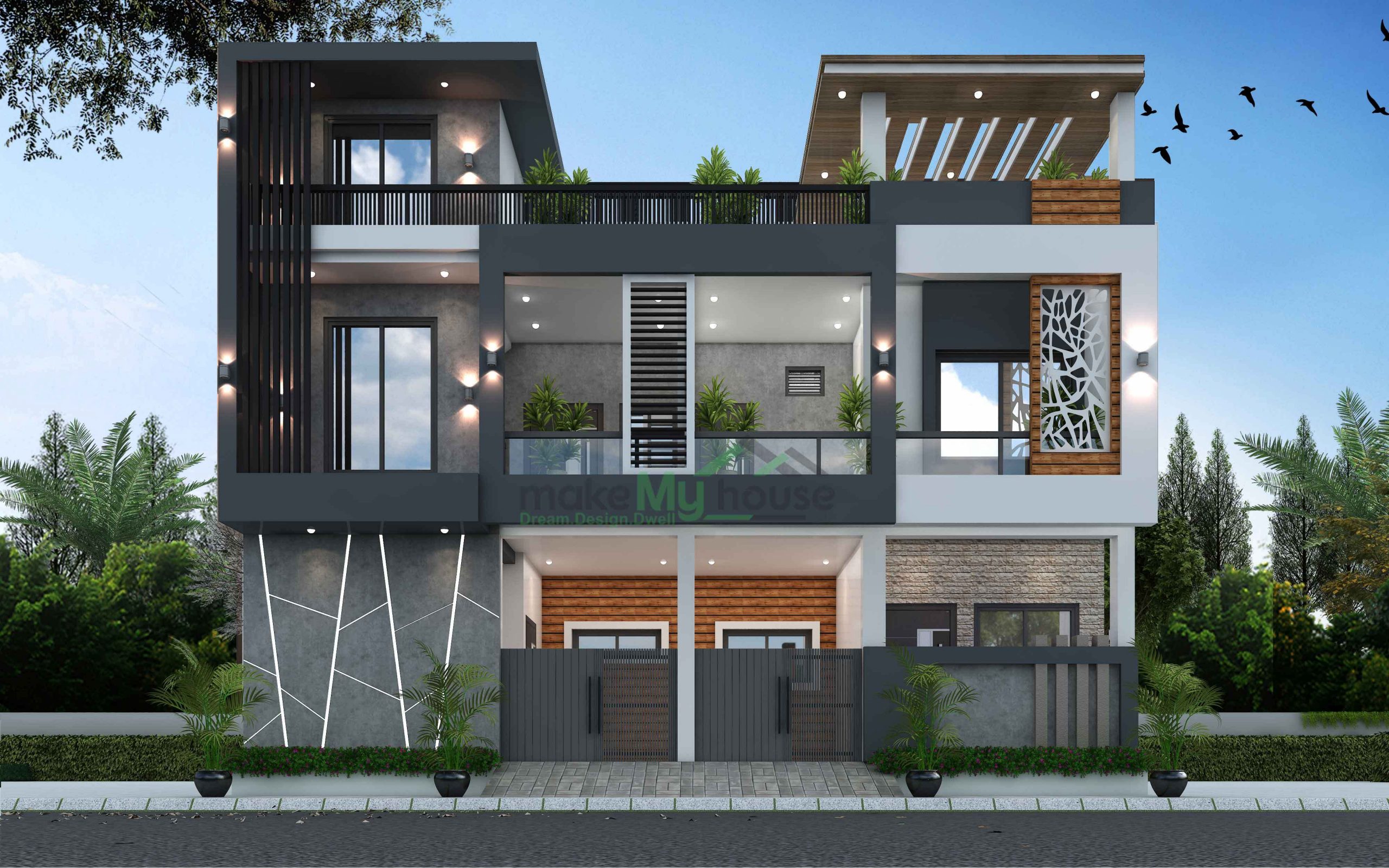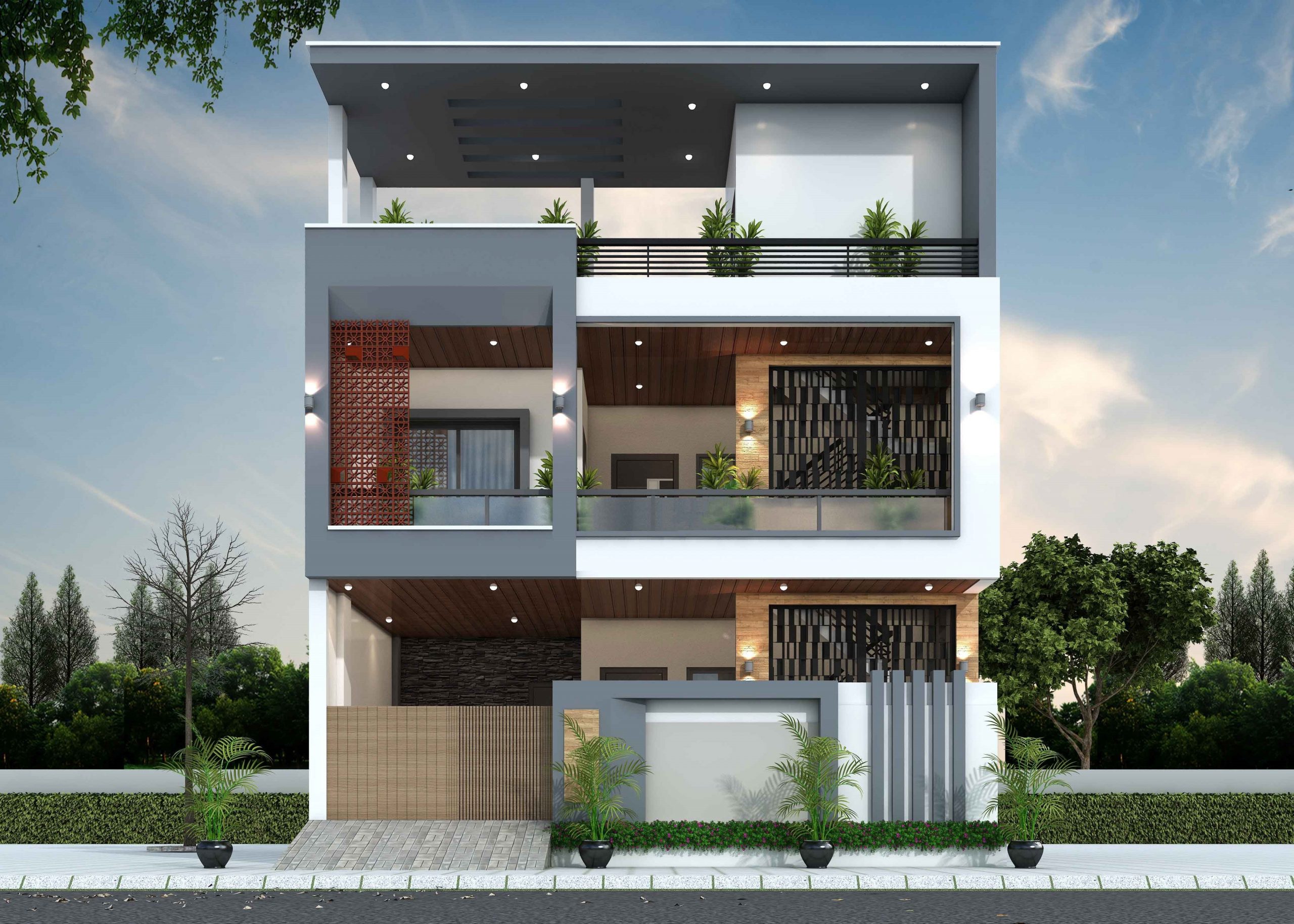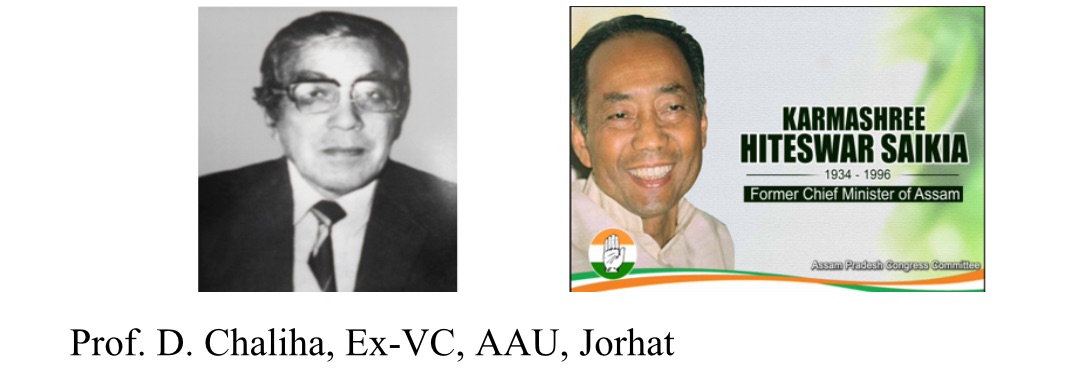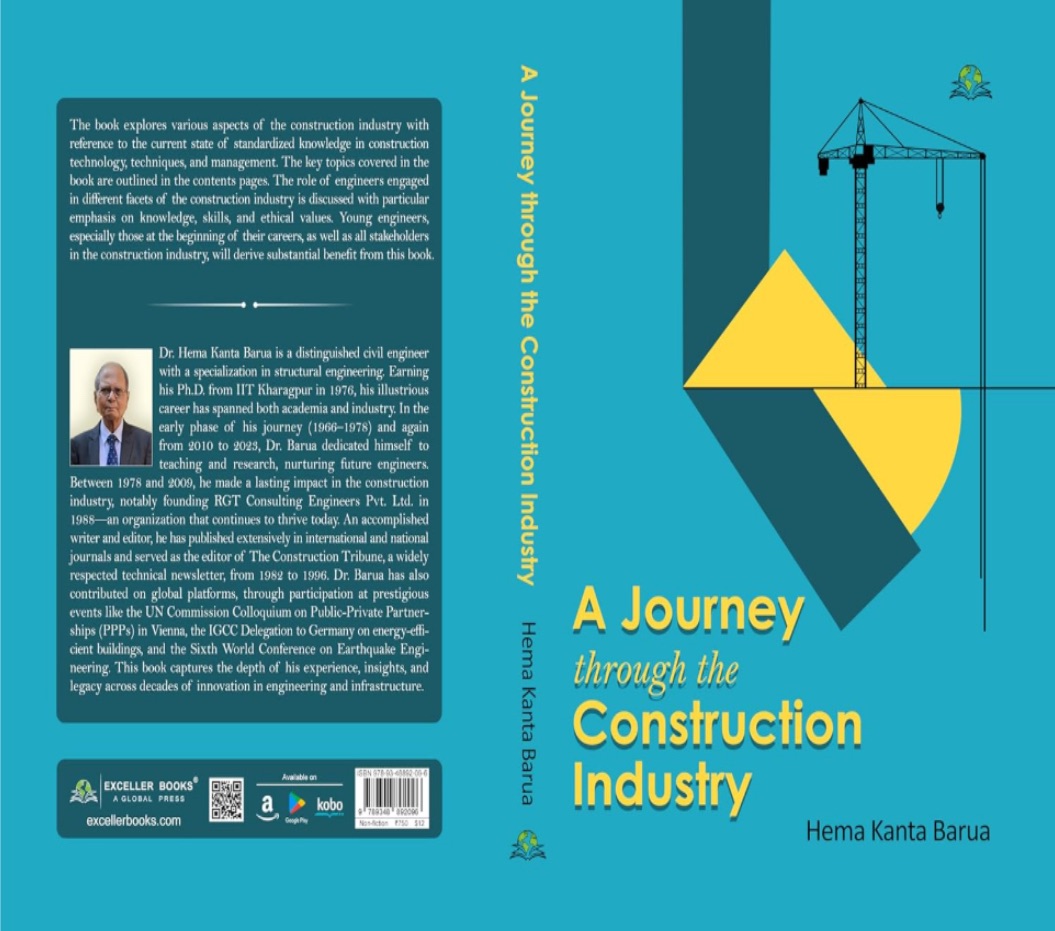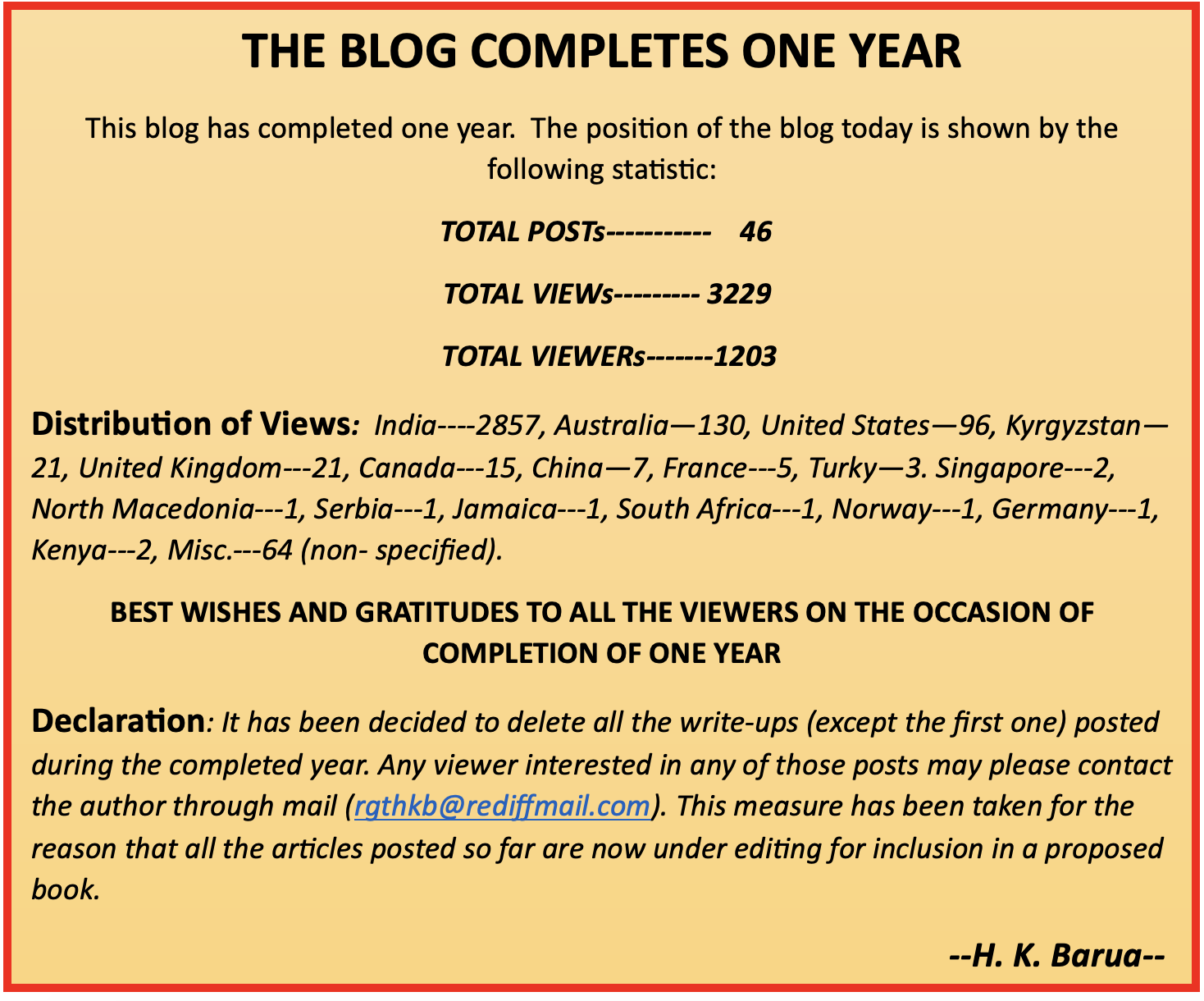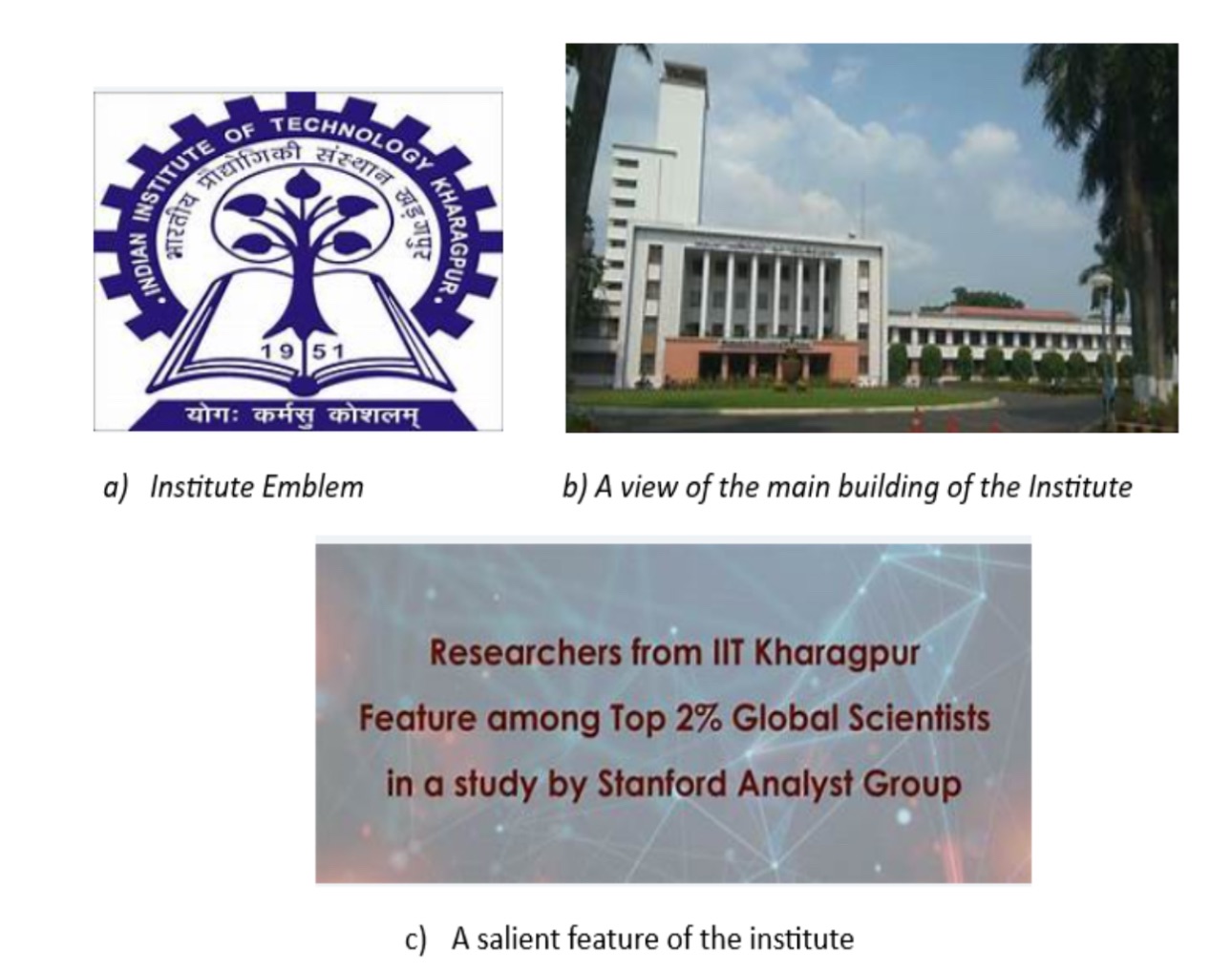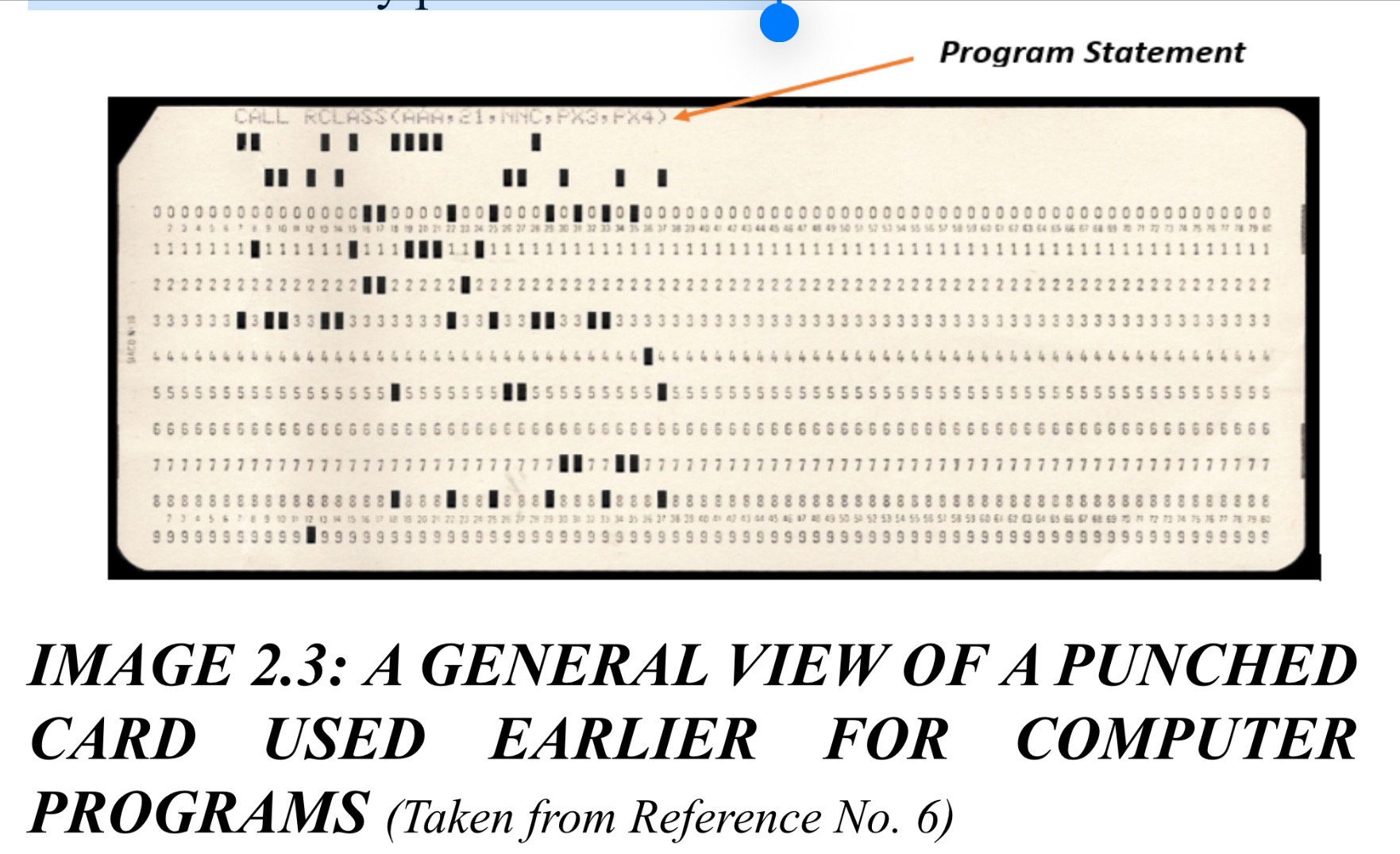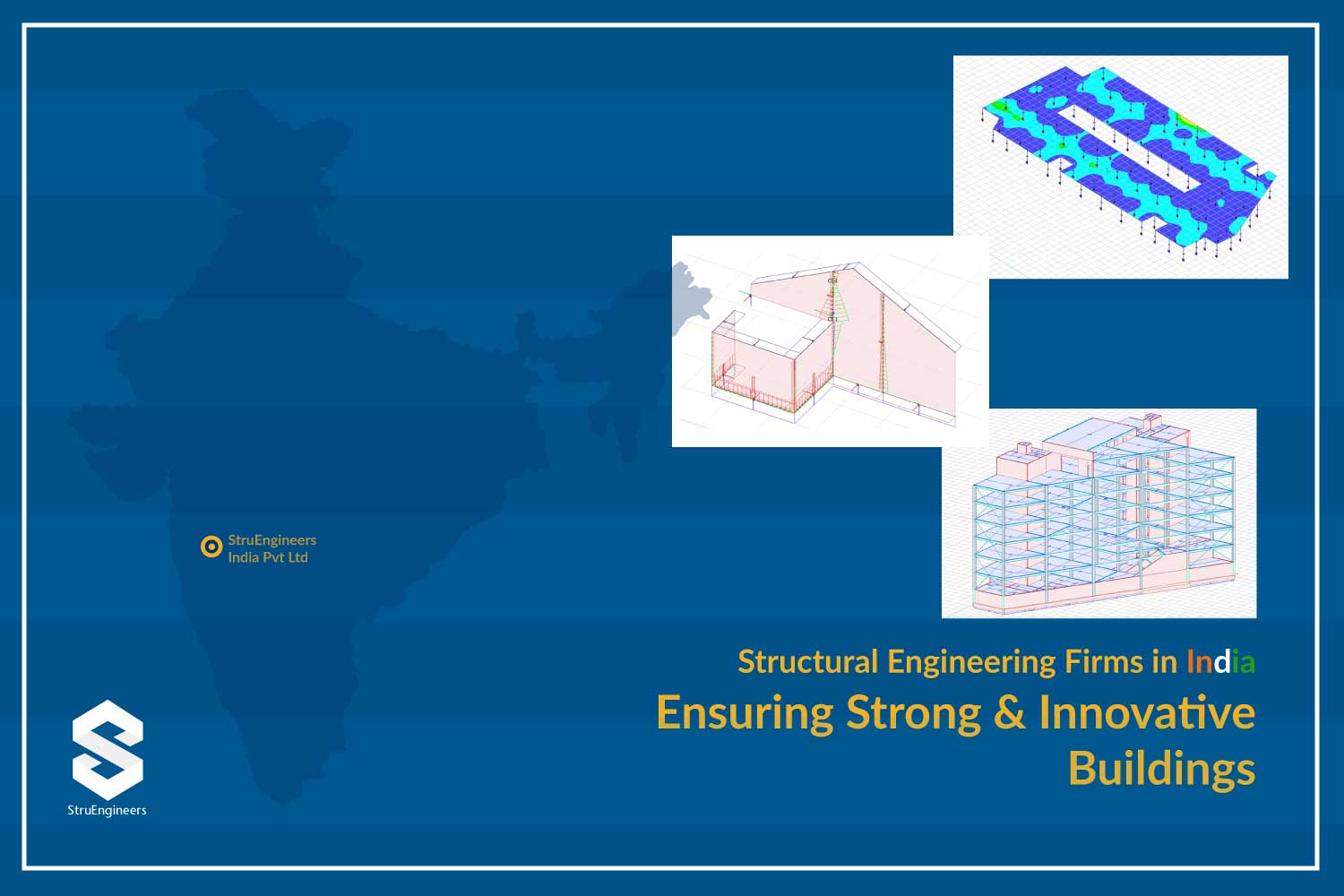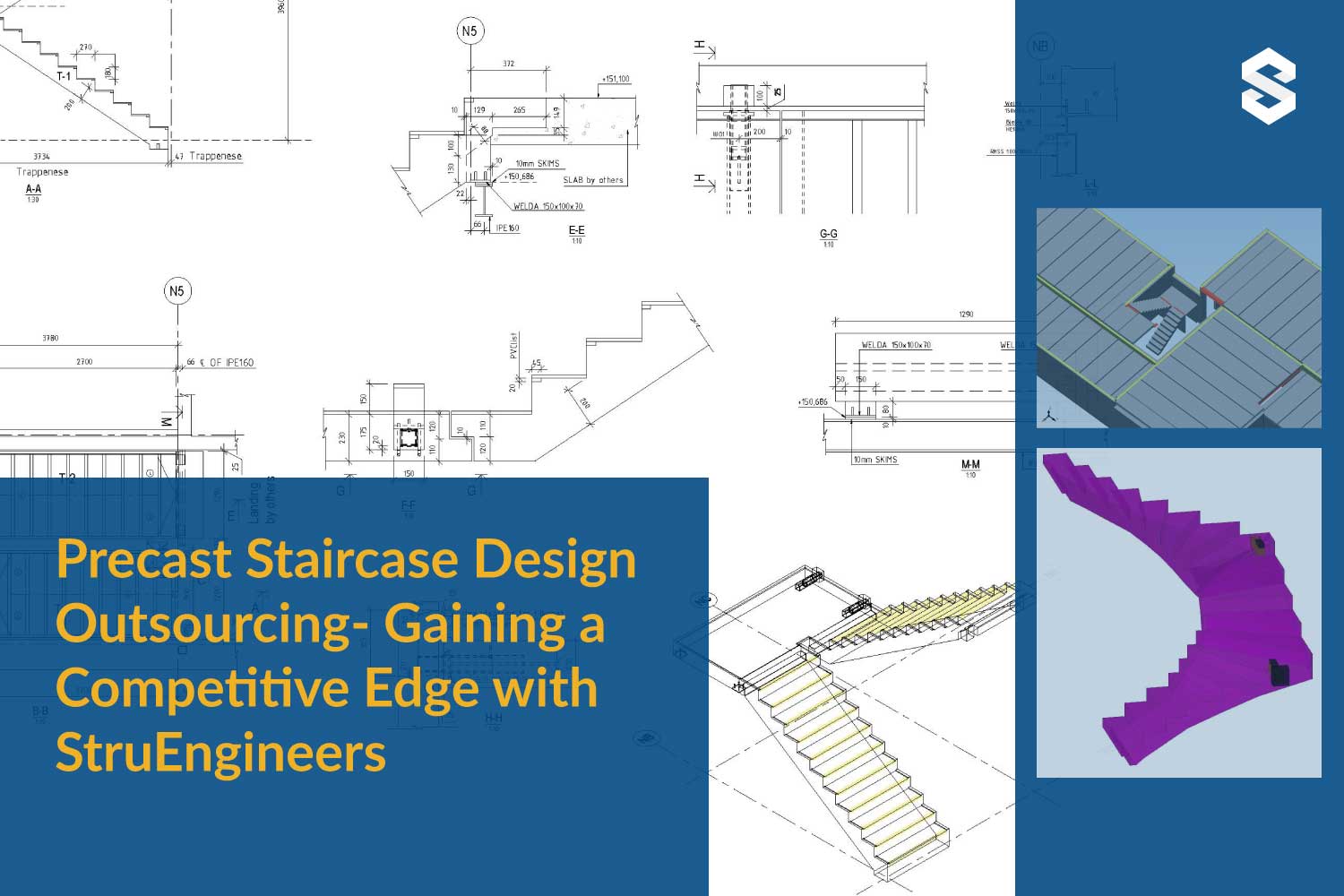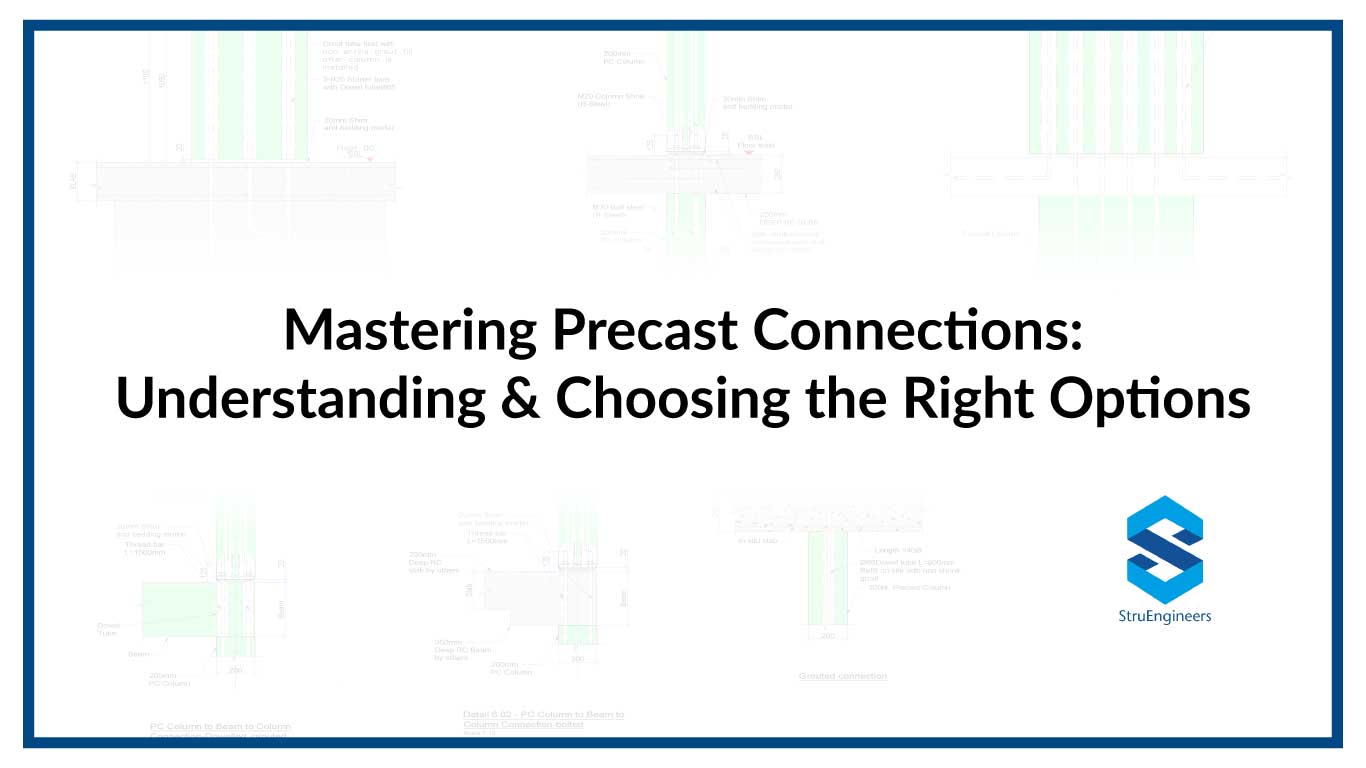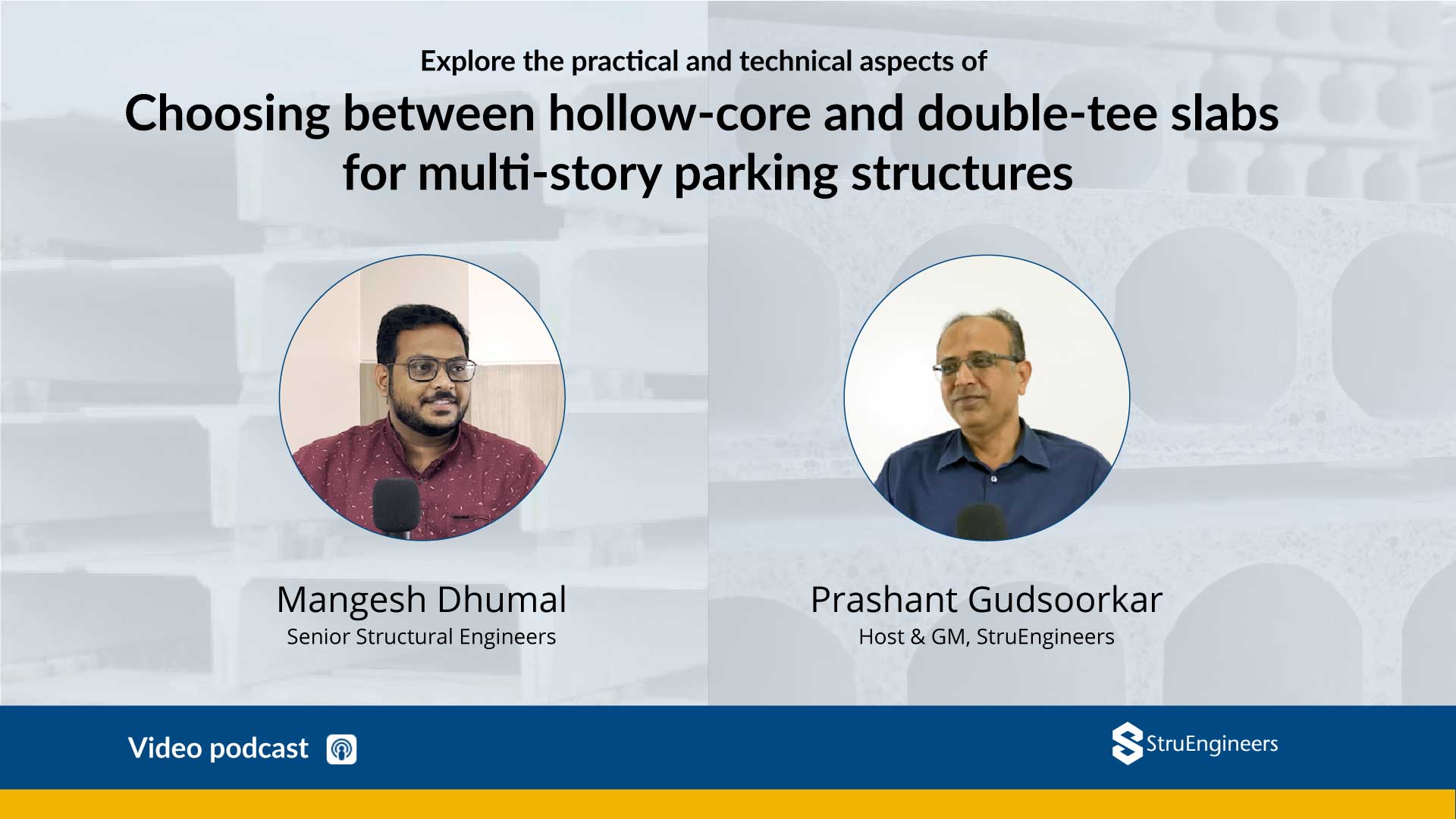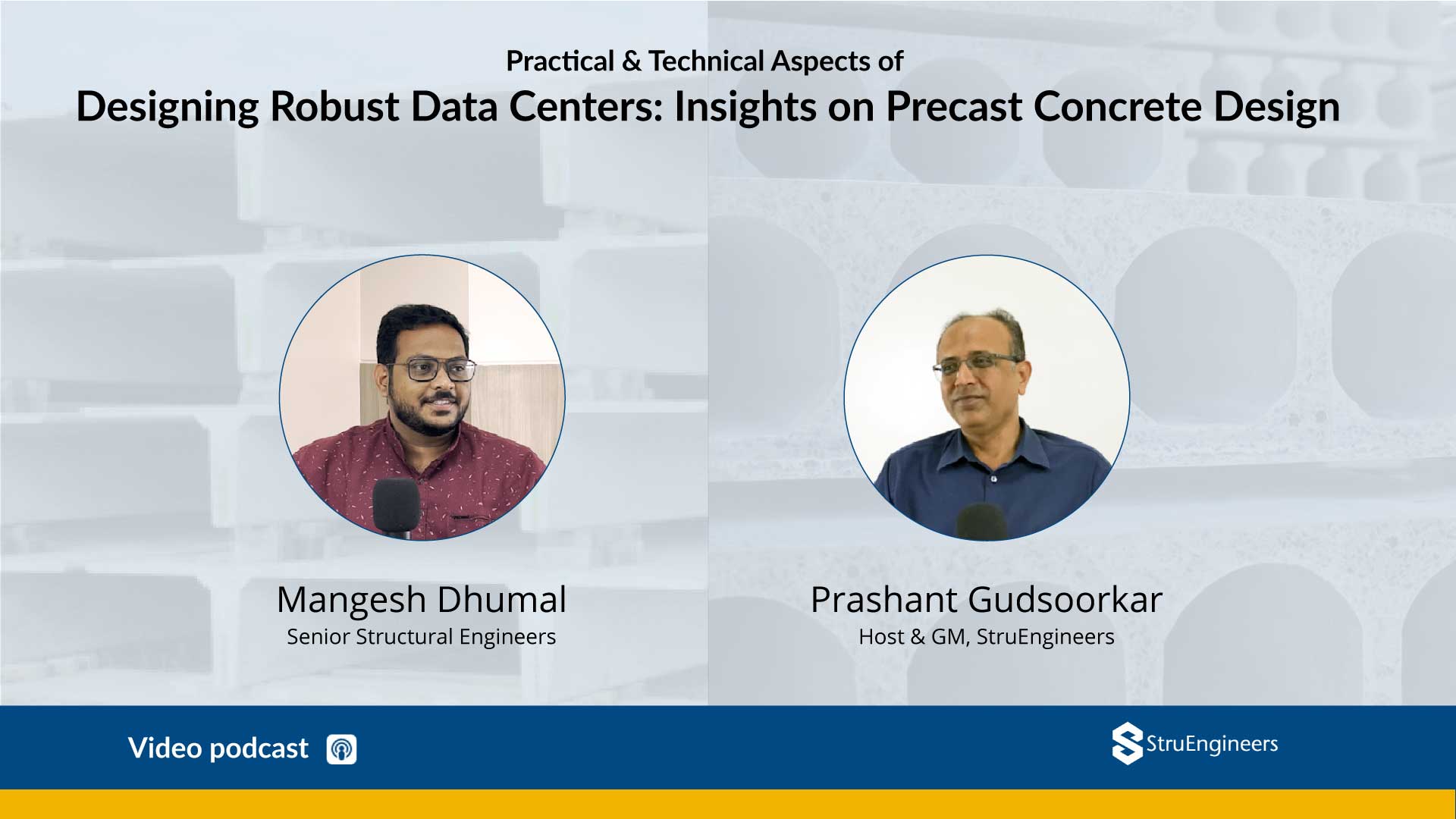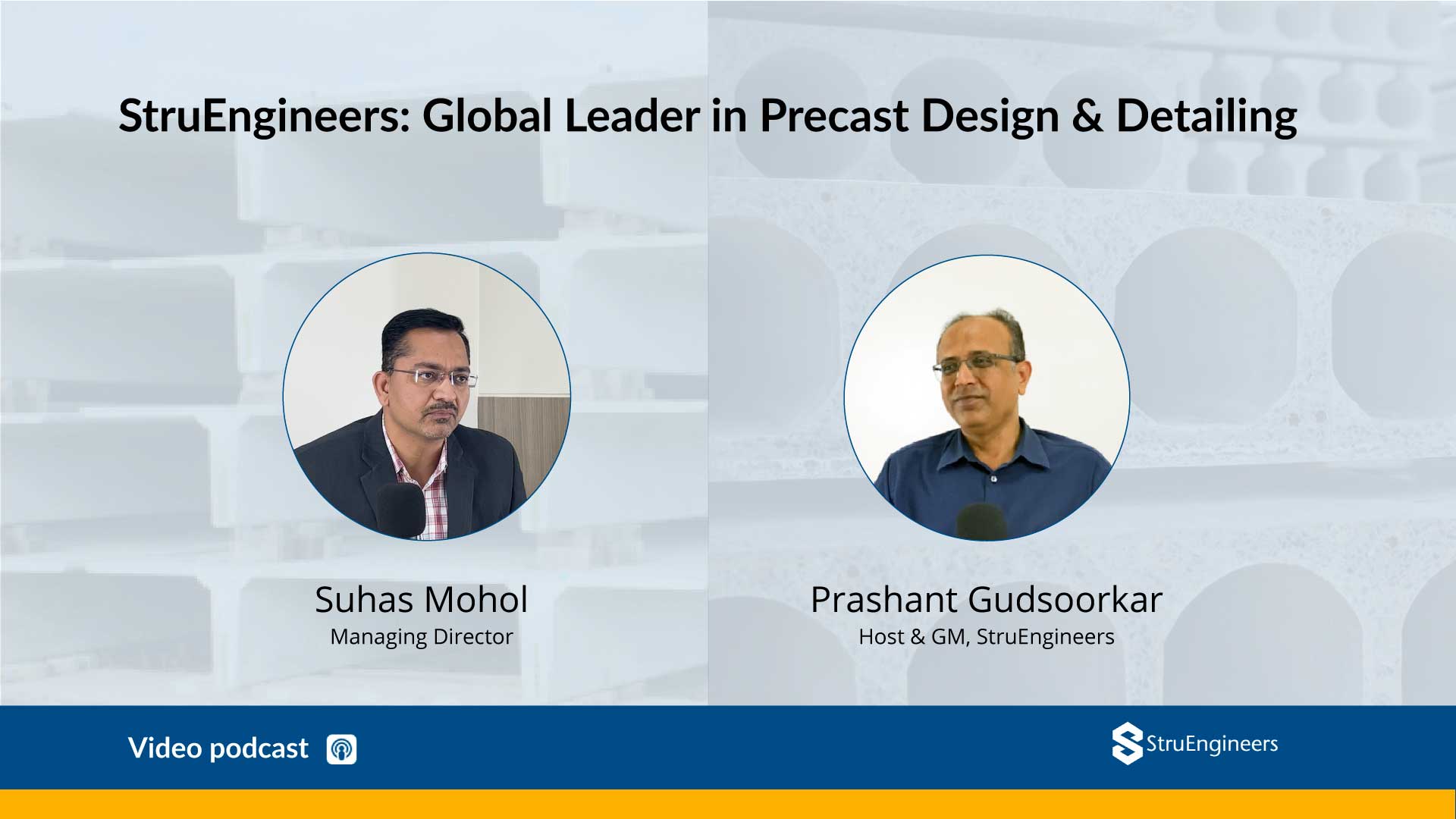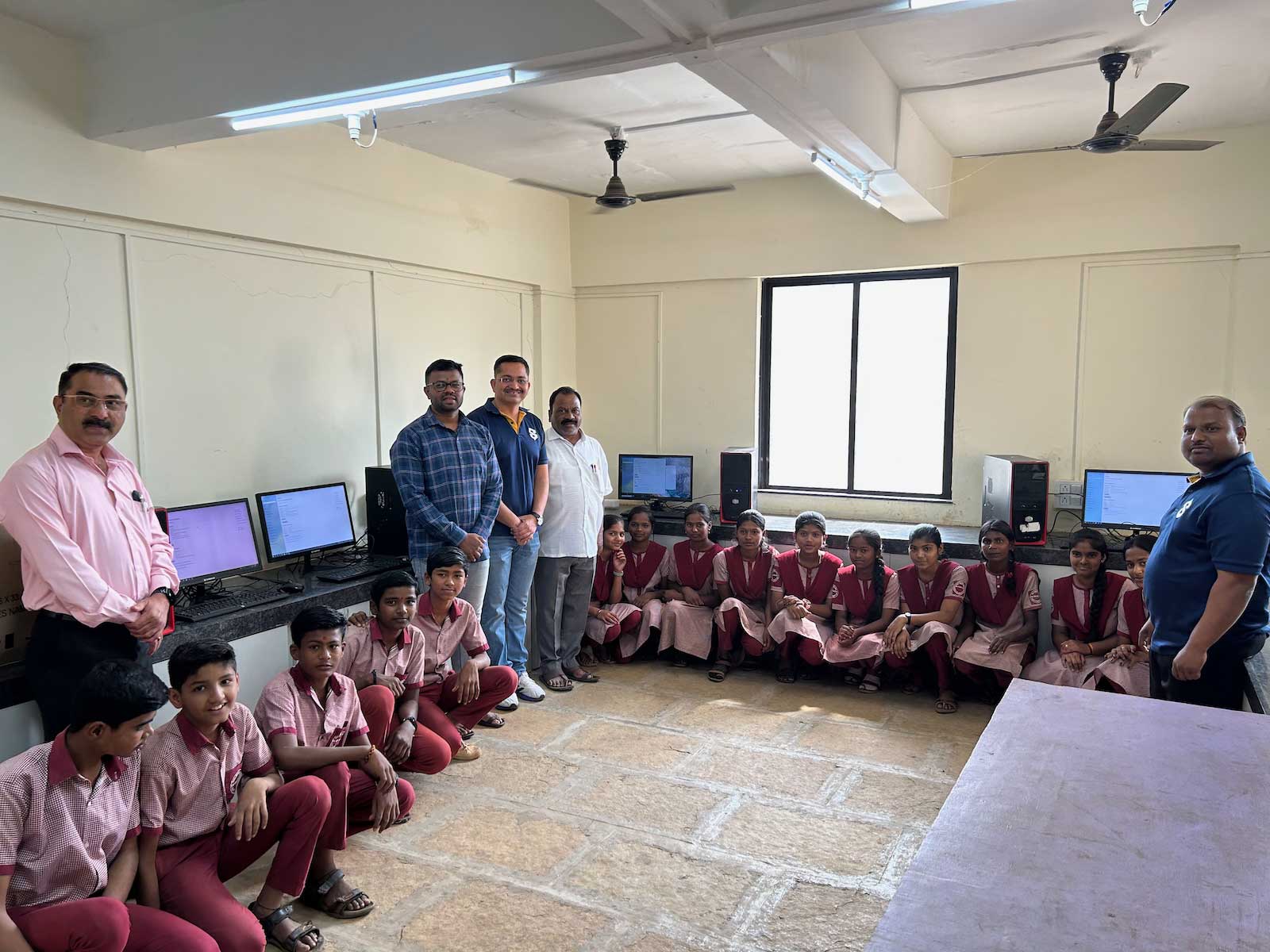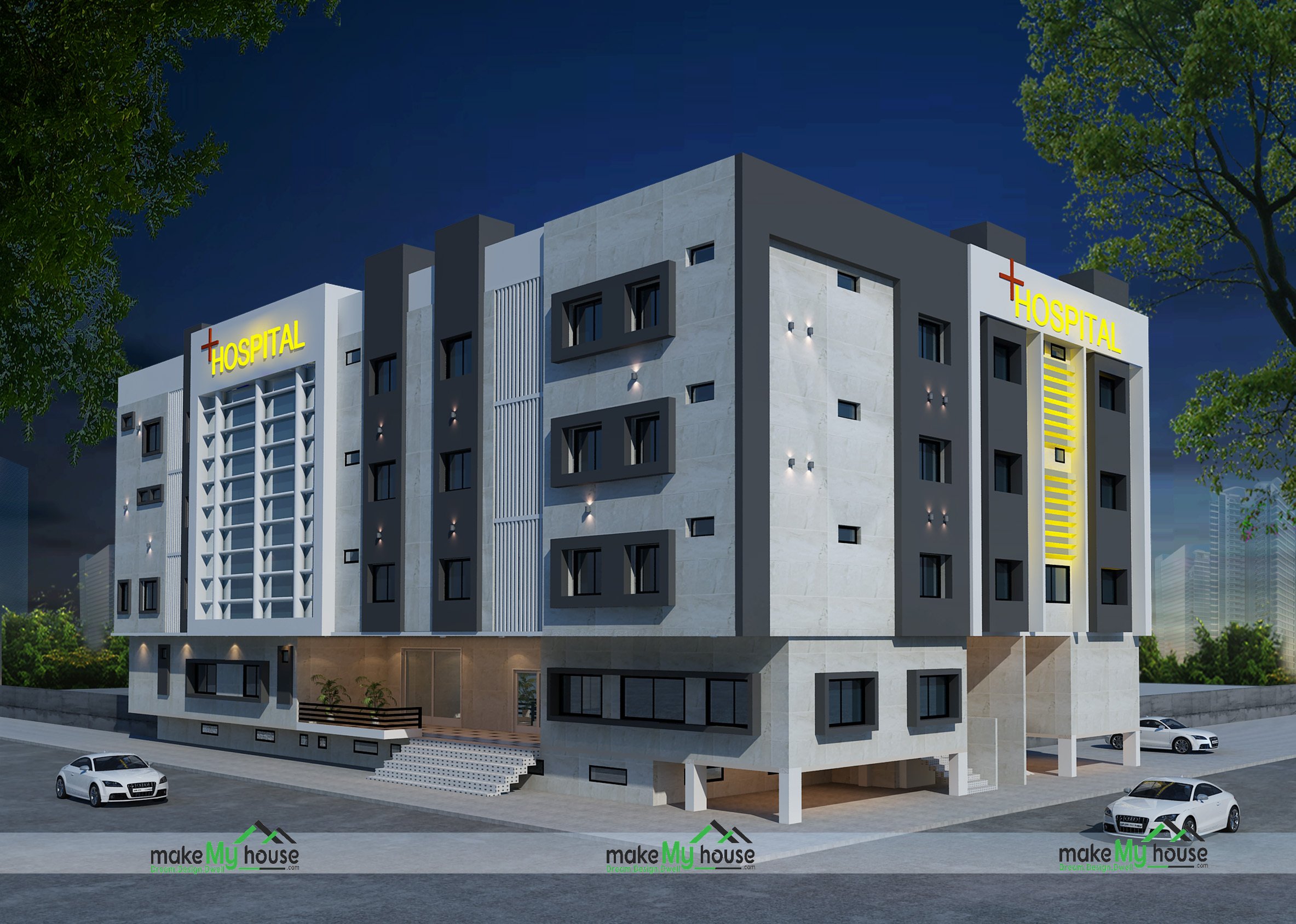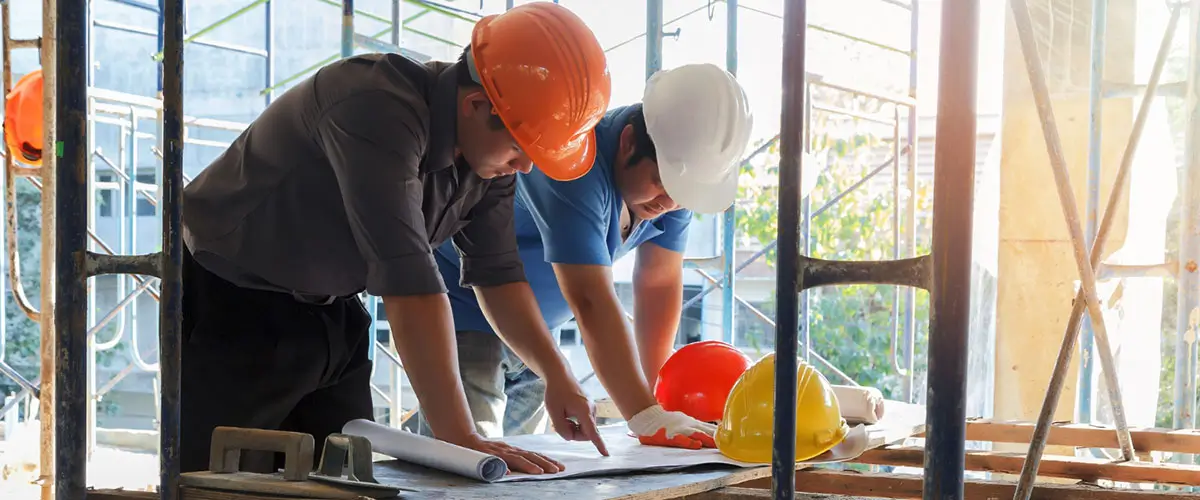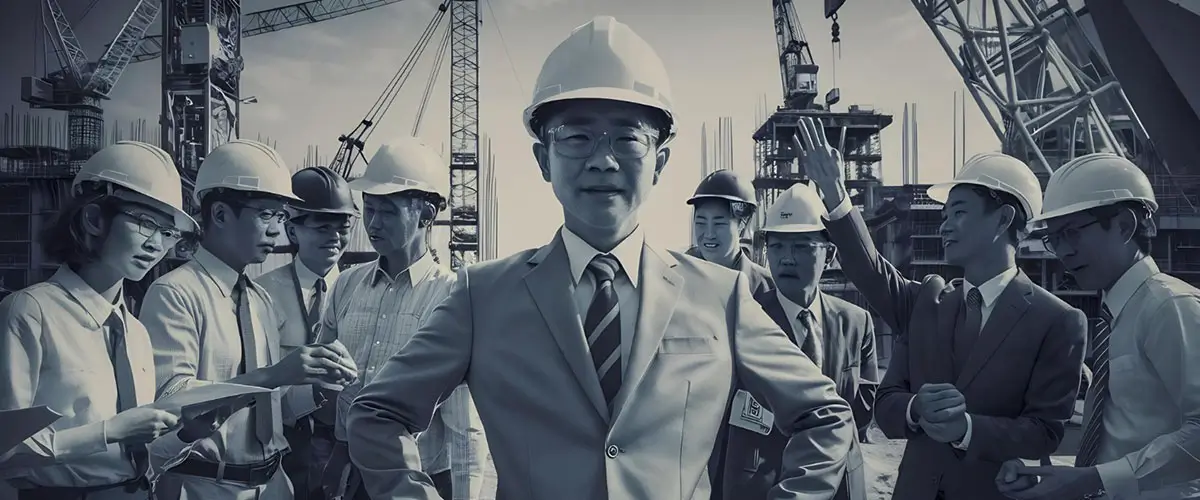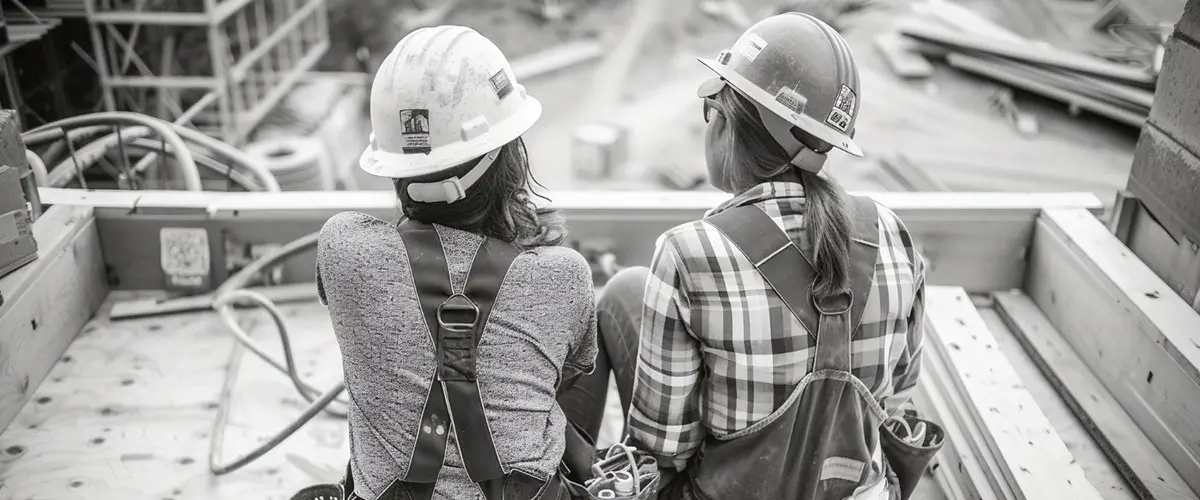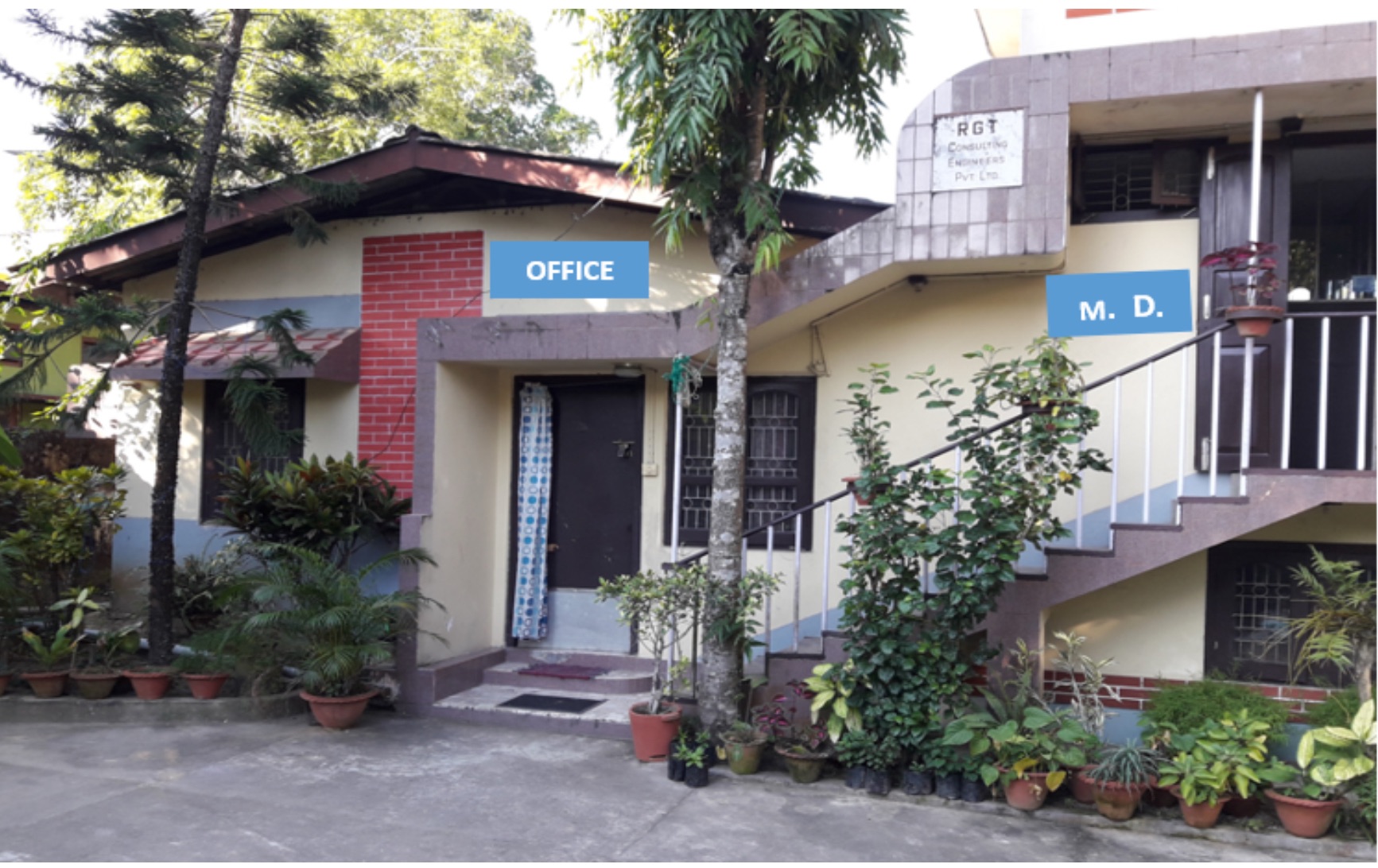
3.1 Introduction
This chapter deals with some of the salient challenges fought during my professional life as an engineer during the period Part C, as marked in Figure 2.1. This period started immediately on my release from TES, i.e. in September, 1987.My planning and preparations, in fact commenced during my services in TES. The major elements of my preparations to start the professional life as a full-time consultant included the constructions of a small office building and the ground floor of my residence in a plot of land purchased during the initial period of my service with TES in the Jorhat city. In that building, I housed the activities relating to printing and publishing of my news-letter called ‘The ConstructionTribune’ in around 1985/86. Therefore, immediately after the release from TES, I started doing my activities as a full-time consultant.

It took me a few months to do the necessary preparatory-works and finally, I succeeded in formally floating my consultancy company named as RGT Consulting Engineers Private Limited in 1988 with the registered office at Jorhat, Assam and with the Managing Director being myself. At the initial stage, the stress was primarily laid on doing institutional assignments rather than on completely private assignments. However, at a later stage, there was a shift in my preferences for consultancy assignments because of varieties of reasons some of which might get reflected through the challenges dealt with in this chapter. Therefore, it has been planned to follow the flow-chart given in Figure 3.2 appearing below throughout this period. There might be overlapping of time of incidence of some of the challenges to be dealt with under Part CA & Part CB.

During the period of my full-time consultancy profession spanning over a period of 22/23 years, many challenges had to be fought for survival as a consultant. However, only a few of the salient ones, excluding the ones already described in my first book9 (under article 7.5—-pp 292 to 298) have been covered herein under the subsequent articles.
3.2 Incident CA-1 accountable to a Professional Challenge
The first attempt made at the initial stage of my company to acquire consultancy jobs from institutions was my visit to the office of the Chief Engineer, Assam PWD, Diphu sometime in 1988. Those days, the engineer holding the position of Chief Engineer was a gentleman known for his high level of knowledge and integrity. Naturally, I was very glad to meet him in his office personally. I was cordially received. I still remember his kind words going as—Dr. Barua, I am glad to know that, you being a person with so much of experiences and qualifications have entered into the profession of full-time consultancy. I wish you all the best in this journey. I assure you of our feasible help to you. I responded—Thank you so much Sir for your kind assurance. I will be grateful to you for your guidance in respect of the actions to be initiated at my end. Then, he took out some documents from the drawer of his table and said to me—Please take these documents which contain a design report and the relevant soil investigation report, submitted recently by a consultancy organization based in Kolkata for our final approval of the design of a minor bridge in Karbi Anglong District, Assam. Then I took his permission to leave his chamber by assuring him to the effect that I would come back to him on completion of the report as desired by him. The task so given to me truly paused a challenge to me. I was determined to fight it out with all of my sincerity and dedication.
What was needed initially in the process of preparing this report was truly the gathering of knowledge adequate to examine the given design report in respect the design of an R.C.C. bridge including design of the well foundation. Therefore, the pre-requisite to this assignment was a sound grip on the relevant areas relating to my own specialisation-field of structural engineering and the foundation engineering. My honest appreciation of the truth of the correct position at that stage was the fact that, by then I had the experiences related only to supervision of a bridge (during my short service with APWD—that too for a short period, as stated earlier) and supervising B. Tech final year project work (during my teacher training program at IIT, Kharagpur). I knew, that my experiences to that extent were not adequate at that stage for completing the assignment in hand. I strongly felt the necessity of acquiring a thorough grip on the knowledge, as standardised by the BIS and IRC. My personal library was also not so equipped as to yield that extent of knowledge. Naturally, I had to fly next day itself to Delhi.
In Dehi, I visited both BIS and IRC and collected all the standards relating to different aspects of planning, design and construction of bridges including the whole series of Standard Plans of Highway Bridges (Published by Ministry of Shipping and Transport, Road Wing). Within 2/3 days, I came back and sat for looking into the Design Report, as given to me by the Chief Engineer of APWD. By then, I was ready with all the necessary literature including codes, standards, books etc. on all aspects of road bridges. In addition, I did organise a small team consisting of draftsman and assistant engineers (all being fresh hands). As and when necessary, I took their help as well. I started examining the given report conceptually and fundamentally. Knowing very well the importance of the ‘scour depth’ on the overall design and cost thereof, the steps followed in the report for the calculation of this predominant factor were critically looked into. Eventually, a mistake in the calculation of the ‘scour depth’ was duly identified. The correct value based on my calculation adopting the given soil-investigation report worked out to be smaller than the one given in the design report under examination at my end. Based on the incorrect value, the depth of well foundation designed (as in the design report) was substantially high. Had the value of ‘scour depth’ as obtained at my end been adopted, the depth of well foundation would have got reduced to a great extent, thereby leading to a substantial saving in the overall estimated cost of the bridge. I thoroughly checked and rechecked my findings a number of times. Finally, a report to be sent to the Chief Engineer, Diphu was duly prepared. It was sent to him (Chief Engineer) through a messenger. After a few weeks, I was called over phone by the Chief Engineer to his office at Diphu. Accordingly, I did go and had a detailed discussion on the report sent from my end. During the said discussion, I was informed of the follow-up actions taken by him on the report sent from my end. The report was sent to the design team concerned. Further, I was told that the design firm concerned admitted the mistakes, as identified through my report and the whole design of the said bridge was revised and the estimated cost of the bridge got reduced substantially. Obviously, he expressed his satisfaction on the piece of work done at my end in accordance with his advice. He expressed his willingness to make a payment for the works done in the preparation of my report that led to the savings accrued on the revised design of the bridge, as stated above. I politely expressed my decision of treating that service of my company as an honorary one particularly in view the fact that I was given by that assignment, an opportunity to equip myself with all necessary preparations in respect of knowledge including the collection of relevant literature in my personal library for confidently taking up assignments relating to the specialised field of bridge design. On his advice, I quoted the rate of consultancy fees in the capacity of Managing Director of my company and left his office for that day.
Pursuant to the above-noted incident, I got a number of assignments of design of minor bridges under APWD on the subsequent months and years. As a result, my company started growing in activities of providing consultancy services to different institutions including prestigious institutions like ONGC, NRL, IOCL, AGCC etc.
The lesson learnt from this incident has been to the effect that a consultant has got to be adequately equipped with knowledge and skills in the domains in which services are provided. It has to be borne in mind always that there isalways the possibility of his works getting checked by a third party, presumably more competent than himself. Under a situation of this type, the consultant concerned needs to be well-prepared for his defence. Naturally, the aspects of ethical values and the dedication to the tasks accepted need to be duly honoured.
3.3 Incident CA-2 accountable to a Professional Challenge
My company started getting projects from different colleges around Jorhat city. I still remember the first project handled by my company. The principal of a local college of Jorhat city came to my office on a particular day and stated that her college was black listed by UGC in connection with an earlier project funded by it (UGC). So, the college did not get any grant for any developmental work for quite some time since the time of being black listed. So, she wanted me to prepare a project for a class-room building on a sound basis under the banner of my company. I took up that project on a clear understanding that the work would have to be executed under the strict supervision by my company and the consultancy fee to be claimed was quoted to her. After a few days, the allotment letter to that effect was given. The project was carefully planned, designed and detailed for a four-storied class room building. The estimated cost was based on the rates of the then prevalent SoR of Assam PWD (Buildings). There was a break up of the estimated cost story-wise. Eventually, the project was approved by UGC. Then, that was a news getting spread among the near-by colleges, since the college concerned got the relief from the state of being black-listed basically on the ground of the project being designed by my company. Since then, my company started getting similar projects from many other colleges. This situation gave me a lot of pleasure in view of the fact that, even after I left the academic life, I was in contact with a good number of academic institutions during the period of my professional life through Part C.
While trying to retrospect that situation now, the basic question striking my mind has been—what are the factors which created a positive atmosphere of the type, as briefly reflected through this incident? An answer coming to my mind is——I sincerely tried hard to maintain the best possible qualities in respect of both design and construction of the units (designed by my company). Knowing very well that those colleges did not have appropriate supervising teams at their disposal, I did consider the aspect of taking the responsibility (by my company) of supervising the construction of the structures designed by me as a mandatory condition for accepting the assignments. In fact, I myself took extreme care during the construction in addition to placing regularly site engineers at times. I had to take up this approach, since I strongly believe even today the importanceof strict supervision during execution in ensuring the qualities conceived in the design of any structure.
3.4 Incident CA-3 accountable to unexpected gestures of help
I had the fortune of having been blessed by many individuals and institutions at the infant stage of my company. One of such blessings was the one received from a great personality popularly known in India. He was Late H. P. Barooah, the then CMD of Barooah & Associates (now Barooah & Associates Limited) owning 10/11 tea gardens in the region of Upper Assam. I came to his close contact during my serviceswith TES, since he was the Chairman of TRA for a certain term. He used to hold many a dignified positions in India including Director of State Bank of India, Chairman of Indian Tea Association, Director of Indian Airlines, Director of Assam Financial Corporation, President of Bengal Chambers of Commerce and Industry, Director of Assam Financial Corporation etc.

I submitted my resignation from the TES service during the tenure of his chairmanship of TRA. A comment given by him on me to some persons in relation to my upgradation still echoes my ears. It went as—How can we help a pilot who comes to drive a car? Later on, I truly realised the significance of that critical comment after an incident that took place during the initial stage of my company. In fact, this realisation deepened my respect for this great man. This incident has been briefly described below.
On a particular day of 1989, I was called to meet Late Barooah in his office at Jorhat. Accordingly, I responded and met him in his office chamber under a cordial environment. Initially he enquired into my progress with the consultancy activities. Thereafter, he stated—Dr. Barua, you know, I sincerely wanted you to leave the service with TES, being confident about your potential of growth in the field of consultancy. I just responded—Thank you Sir for your kind words. He then took out a list from the drawer of his table and by handing over that sheet to me he stated—I have listed in the sheet the works to be done in different tea gardens of Barooah & Associates. The works involve the planning, design of some bungalows for Managers/Assistant Managers and Staff Quarters. You will be expected to supervise the construction of all these units. You submit your bills on completion of design parts stepwise for the payment to my secretary sitting in this office. The bills for supervision may be submitted when the construction will be taken up. I was pleasantly surprised on such a huge offer—that too without asking for my rates of consultancy fees. Reluctantly, I raised the issue of my fees—Sir, you have not asked me anything about the rates of our consultancy fees! He responded— Do not worry for that, you go on charging your standard fees. I will advise my secretary accordingly. Then, I took leave from him simply by saying—Thank you Sir, I assure you of my sincere services.
On a retrospection of that offer from Barooah & Associates, I find today that my company took a firm footing at an early age because of that huge assignment. Thereafter, I stopped moving around in search of assignments, since I got overloaded by then with assignments including those of APWD (for bridge design) and varieties of other projects keeping on coming from different colleges. I remember now, I had to refuse many assignments flowing from private individuals. Even to complete the projects in hand, I had to strengthen my technical team by recruiting top-ranking fresh engineering graduates from Jorhat Engineering College. The culture of imposing my reliance on fresh products developed because of the fact that I found it easier to mould the fresh ones the way I desired. While writing about this aspect, I have remembered an incident taking place those days. I could not resist my temptation to write a few lines about that incident(to be described through the Incident CA-4 to follow next),since it relates to the mutual love and respect existing those days between the teacher and the taught. The assignments of B & A, gave me a scope of planning, designing and executing beautiful bungalows and other structures in different tea gardens, apart from giving me the scope for developing the credentials and financial status of my company. A few of the bungalows of my design are as shown below (Figure 3.3).
Figure 3.3 — to be included at a later stage
3.5 Incident CA-4 accountable to Professional Challenge
During the days of Durga Puja of a particular year, I met one of my ex-students of Jorhat Engineering College in a temple. By then, he rose to the position of an Executive Engineer of a government department. On seeing me from a distance, he came running to me and straightway stated—Sir, last week I interviewed one candidate for the post of an Assistant Engineer in a Public Institution. I gave him the first nomination, as soon as I came to know that he has been working with you as an Assistant Engineer in your company. I just commented—Thank you, your selection is right, since he (the candidate) has been truly a dependable and capable hand for me. This was the kind of teacher-student relationship we used to have in Jorhat Engineering College, Assam. However, that type of situation gave rise to a different kind of professional challenge to me in the process of dealing with the growing flow of assignments to my company, as briefly dealt with below.
After a few days, my Assistant Engineer getting selected through my ex-student (as stated in the preceding para) came to my office chamber and expressed his decision to resign from his service with me for joining the public institution for which he got the appointment. I offered him—I will pay you more than what you will get there. Additionally, I will upgrade you to a position giving you a salary more than that of an Executive Engineer after 4/5 years. I will be glad if you continue your service with me. He expressed his unwillingness by stating—Sir, I want to join that institution in view of security of service. I asserted—your service is secured even with me. Then, he spoke out—Sir, what will happen after your death? I got his pulse and laughingly responded—-By then, you will mature enough experience-wise and knowledge-wise to take over the charge of my company as the Managing Director. I honestly tried to retain him on a strong realisation of his utility in meeting the challenges brought about by the pressure of assignments already in hand at that stage. I failed to convince him and after a few days, he left to join his new post. I kept on recruiting fresh engineering graduates (mostly top rank-holders from JEC) and used to train them for bringing them to the desired level of utilities. It was strongly felt then the necessity of training them for the initial period of a few months. The different aspects of this necessity have been discussed in details in the Chapter I of my first book9. I had to carry on with the process of recruiting fresh engineering graduates and training them for a few months initially before getting the expected service from them in doing my jobs with qualities, as required. Everybody so trained and utilised kept on leaving my company after serving for periods varying in the range of 1 to 3 years. It became a normal practice with the exception of a few cases of young engineers (only three/four in number)getting fired as well from my end even at the initial period of a few days/months for specific reasons accountable to a number of factors such as incapability to acquireknowledge/skills, lack of ethical values etc. I got fully accustomed to this culture in my organisation, since I was in a position to complete many challenging projects even with the young hands duly trained at my cost. In fact, today I derive a lot of satisfaction from the fact that most of the young engineers, who worked with me have been successful in life both as academician in technical institutes or engineers in the construction industry by holding respectable and responsible positions elsewhere in India and abroad.
3.6 Incident CA-5 accountable to Professional Challenge
(To be continued in the next Post of this Blog)
References:
9. A book entitled ‘A Journey through the Construction Industry’ by Dr. H. K. Barua, May, 2025, Excellar Books (Global Press), Kalkota, W.B.
17. https://www.bampl.com/images/hemendra-prasad-barooah.png



